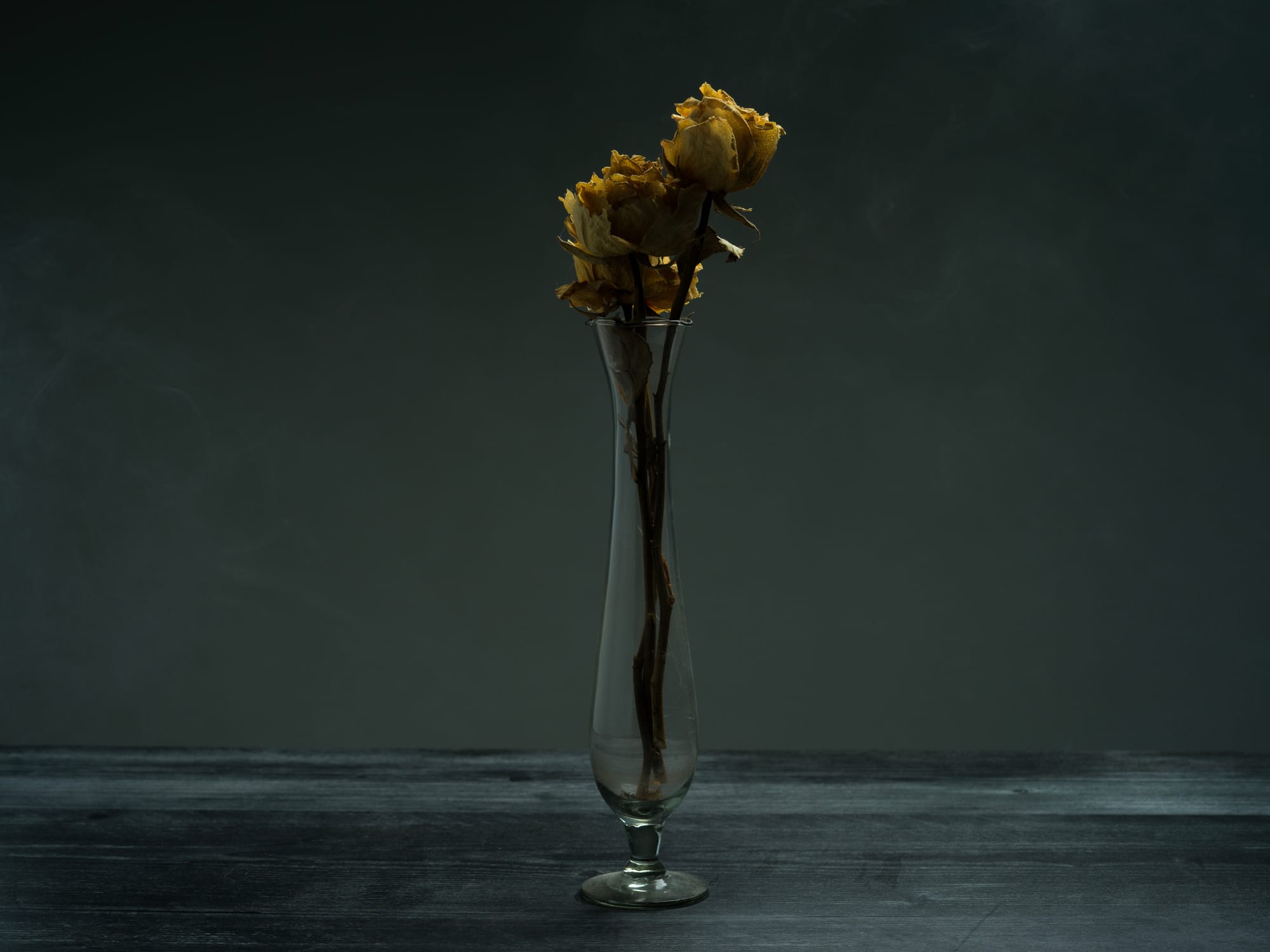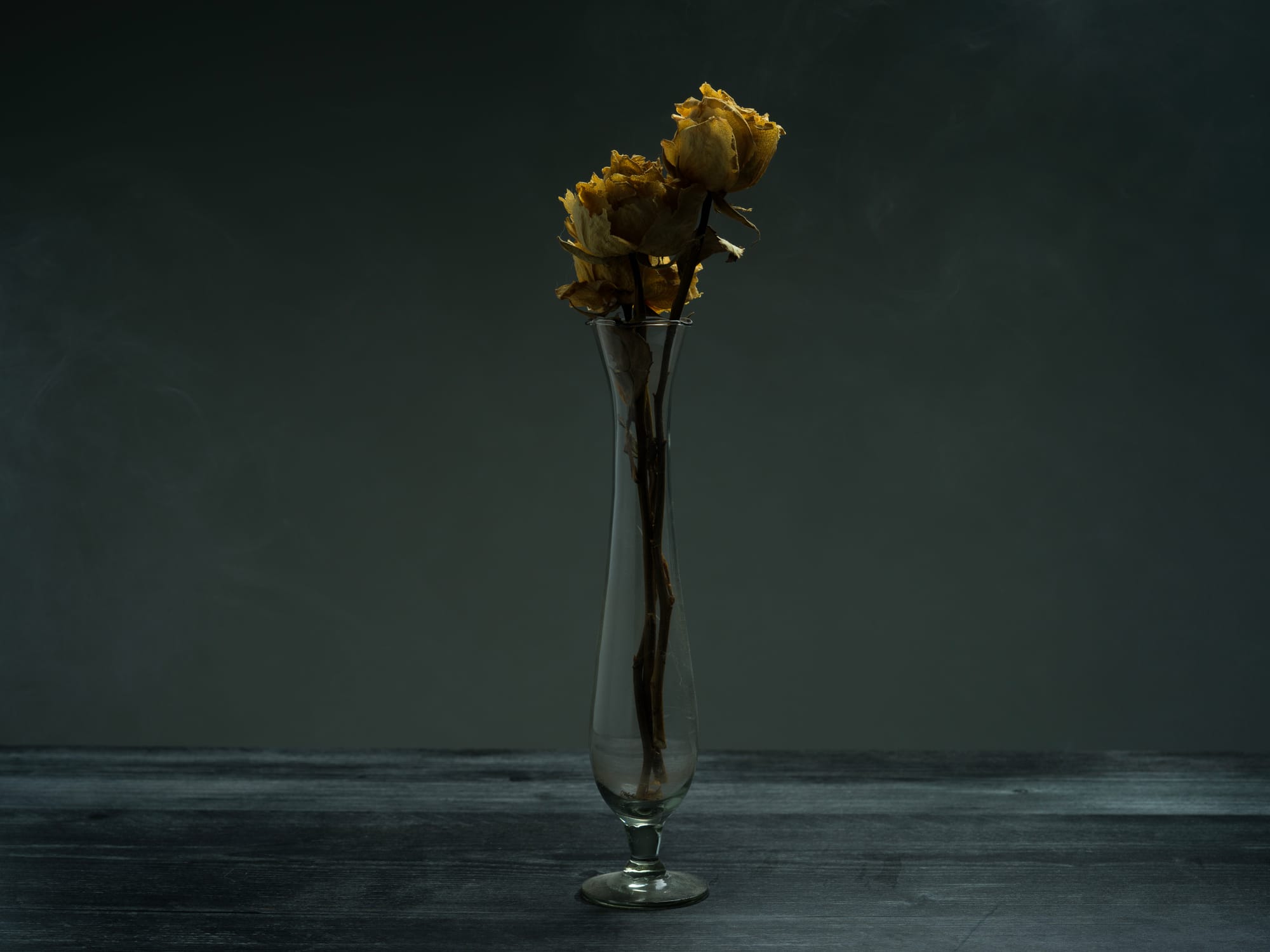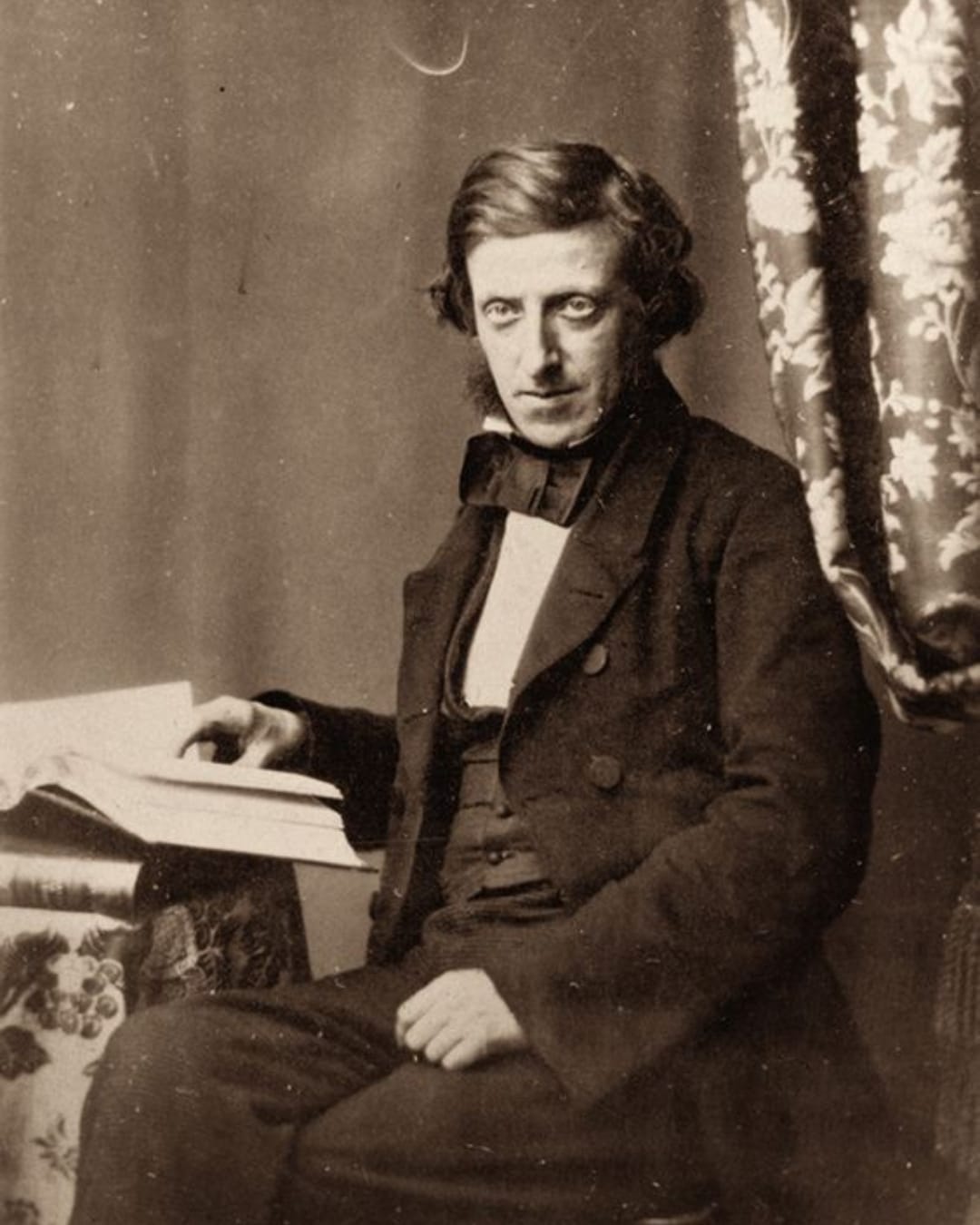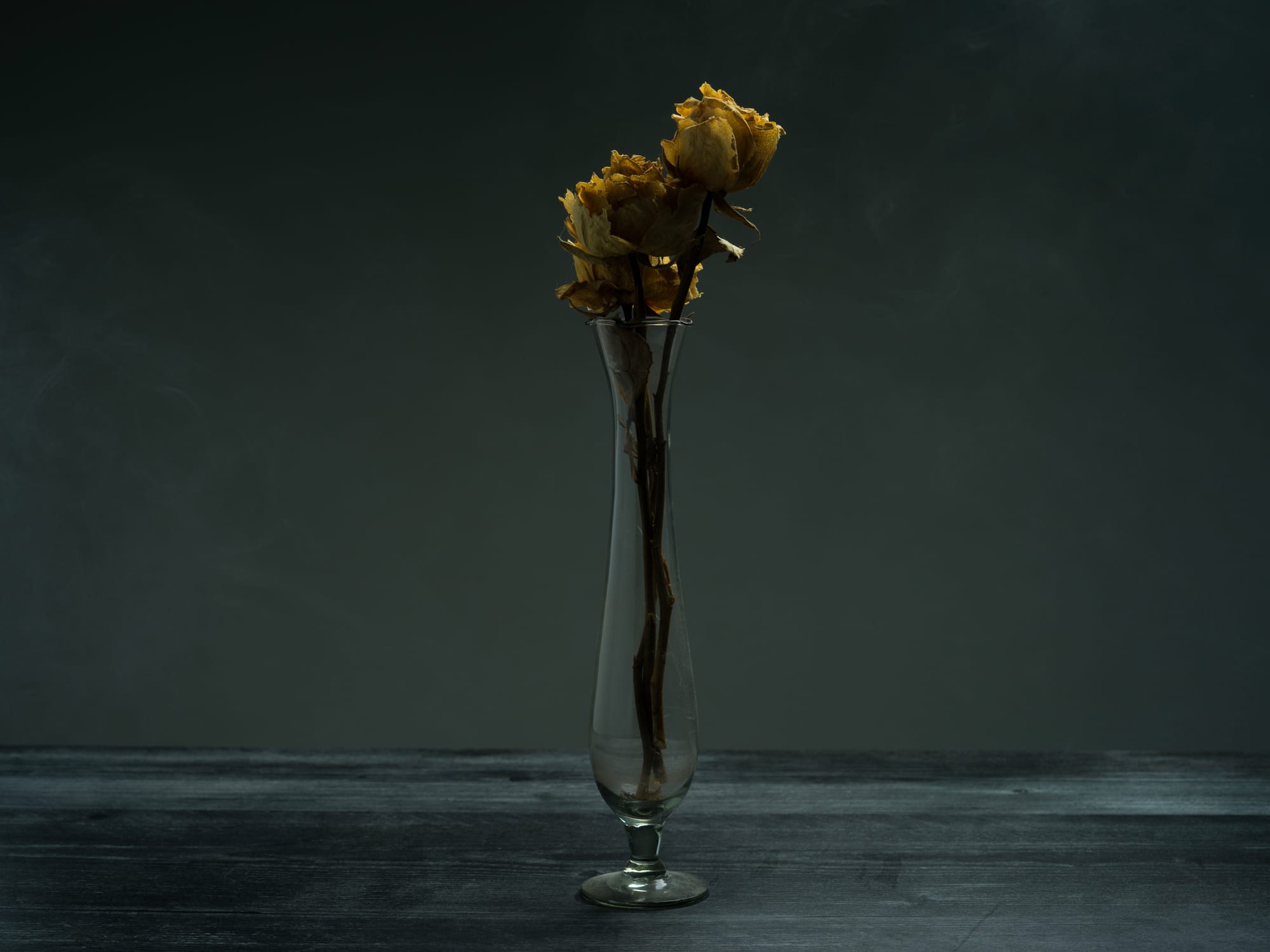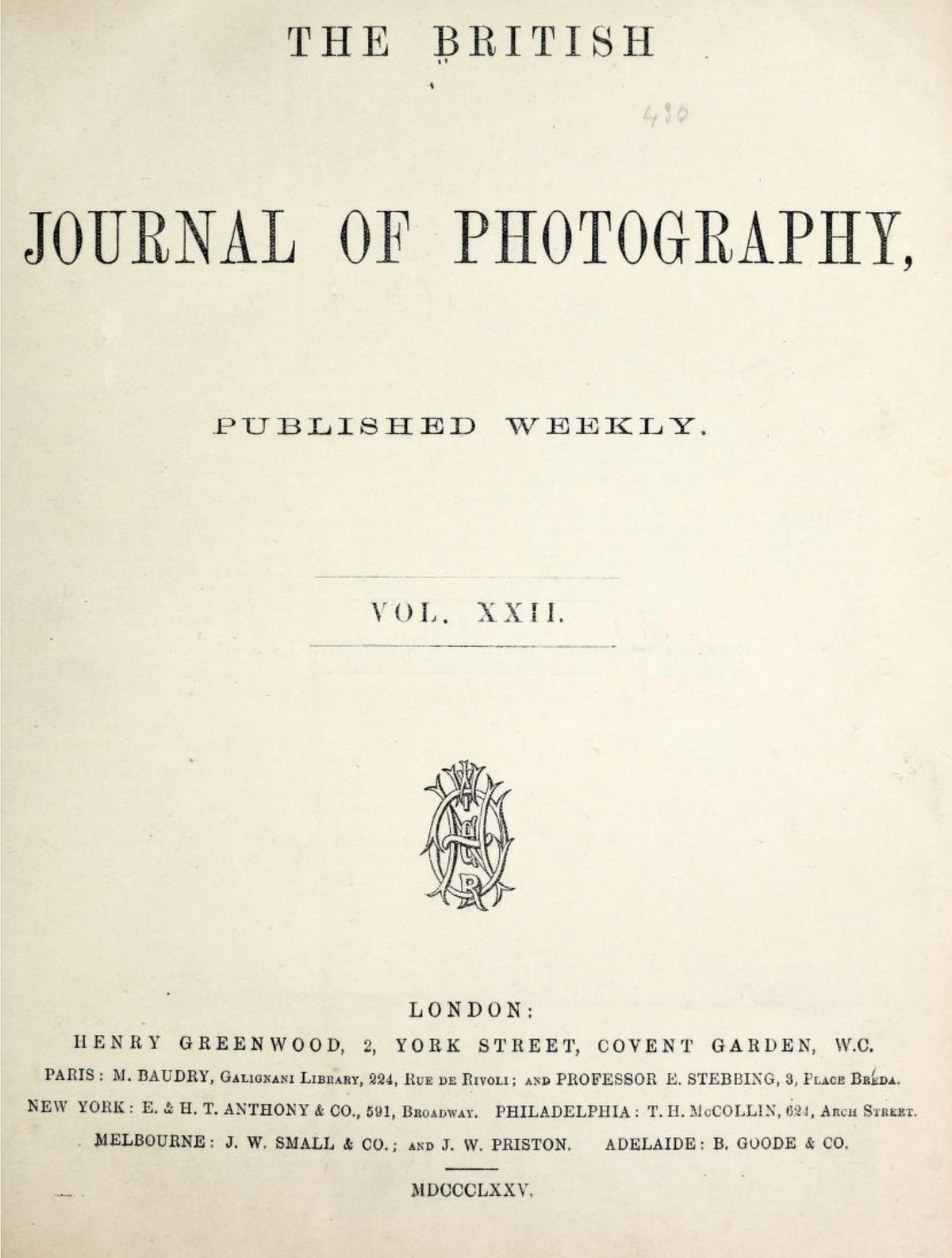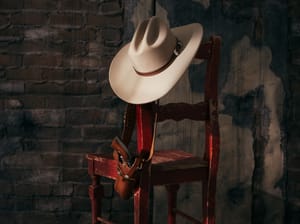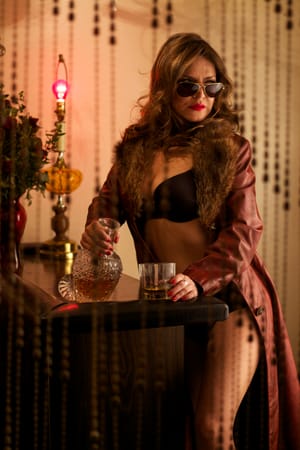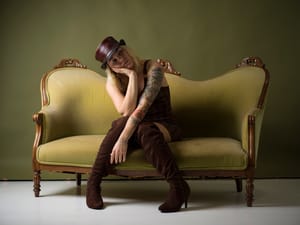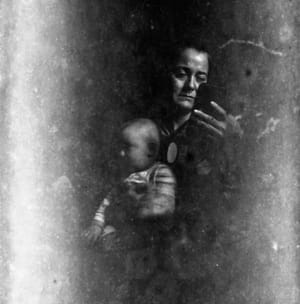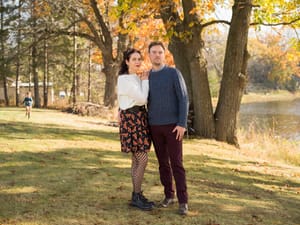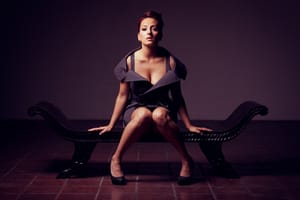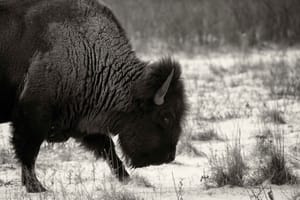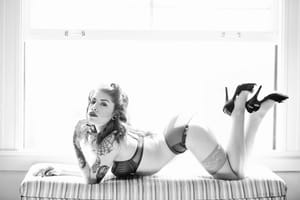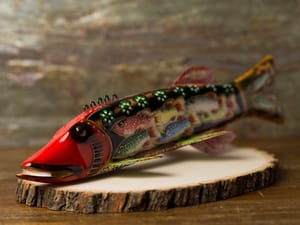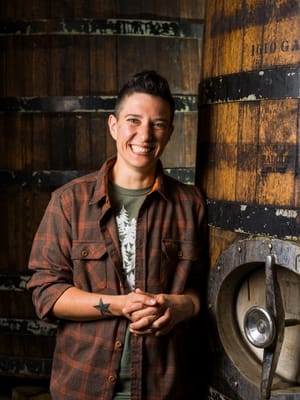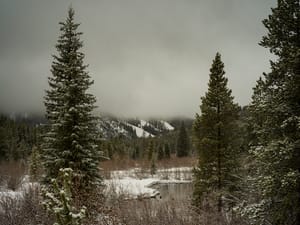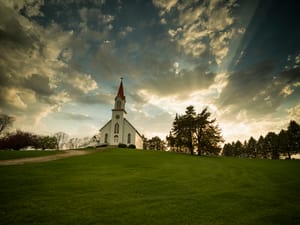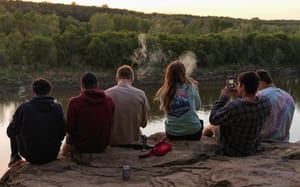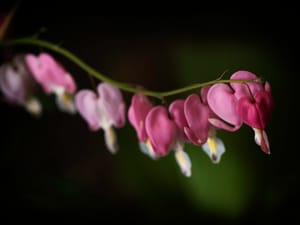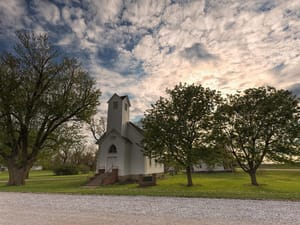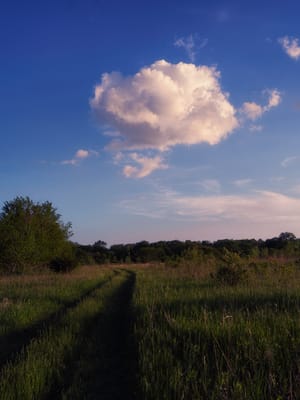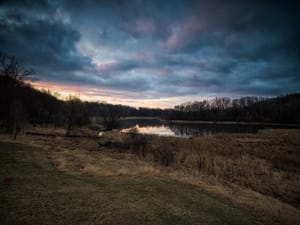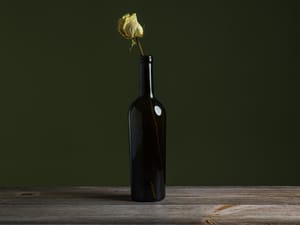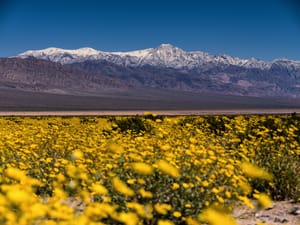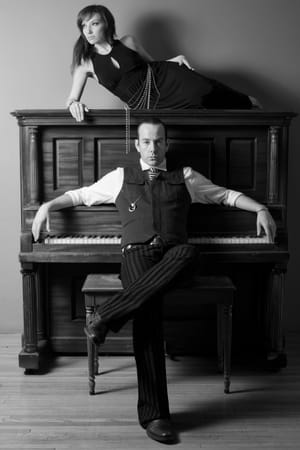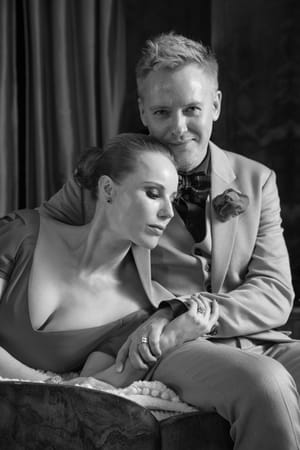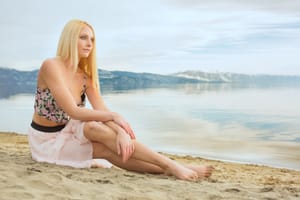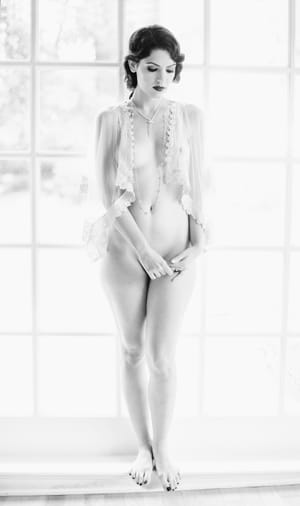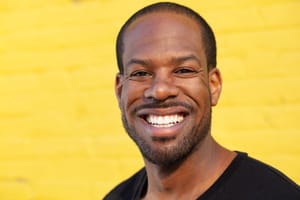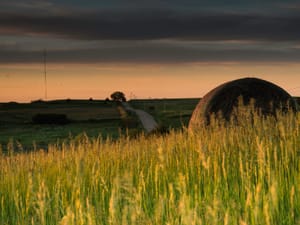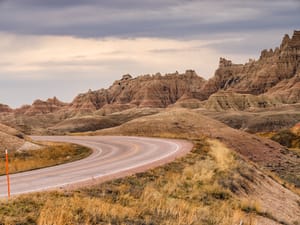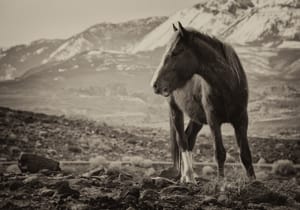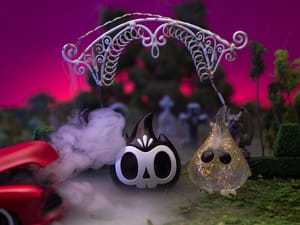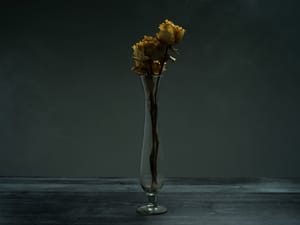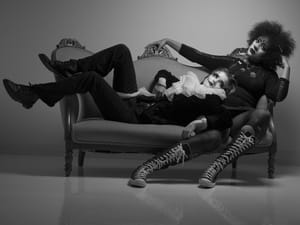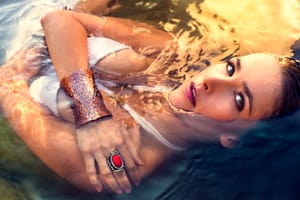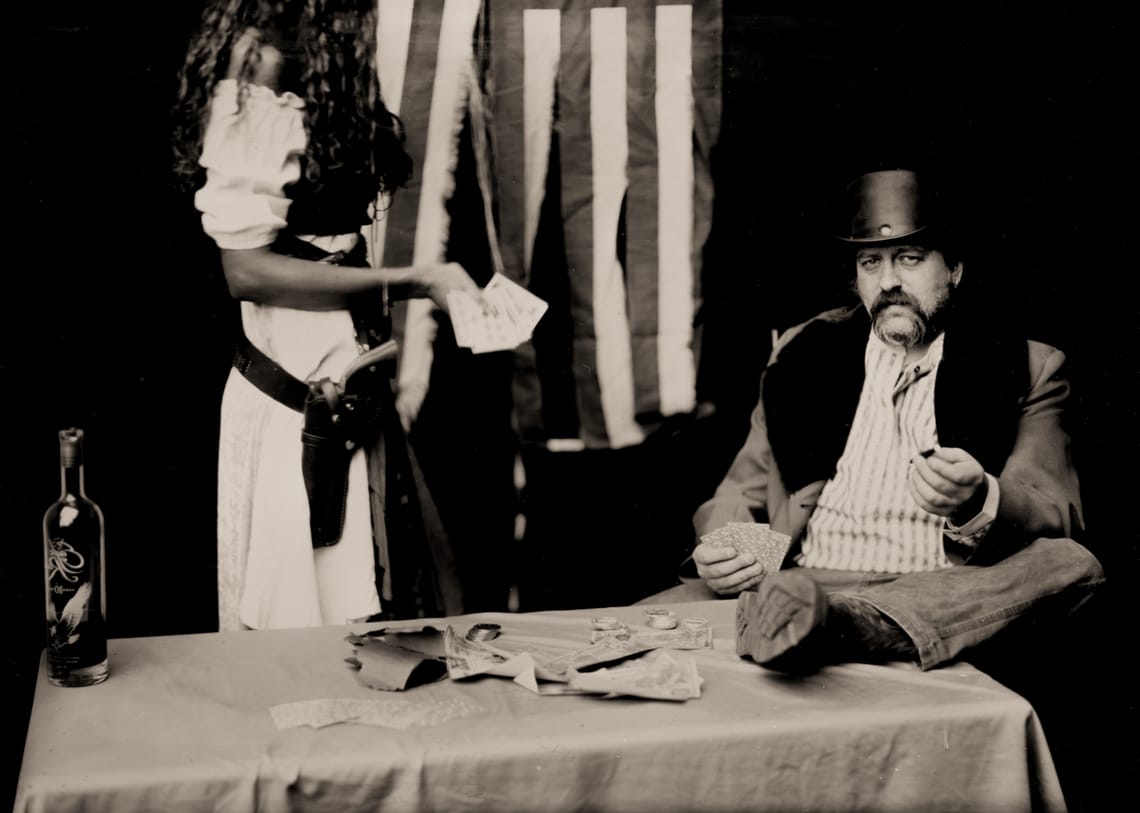
Life, Liberty, and the Pursuit of Nonsense
BISMARCK, NORTH DAKOTA 7-11-2025— On a remote, dusty road, just east of the Missouri River, where the world just exists in haunting prairie silence; the past feels dangerously close. This is a part of the world where nature is trying to kill you in a variety of ways, but not today.
I arrived at Nostalgic Glass studio just outside the north end of town. The day was warm, but not a terribly humid day; with large, dramatic clouds dancing below the dense blue sky. I found myself walking into a buzzing studio, full of faces I did not recognize, some that I did, but only from the internet.
So, the question is, what am I doing out in the far northern American prairie?
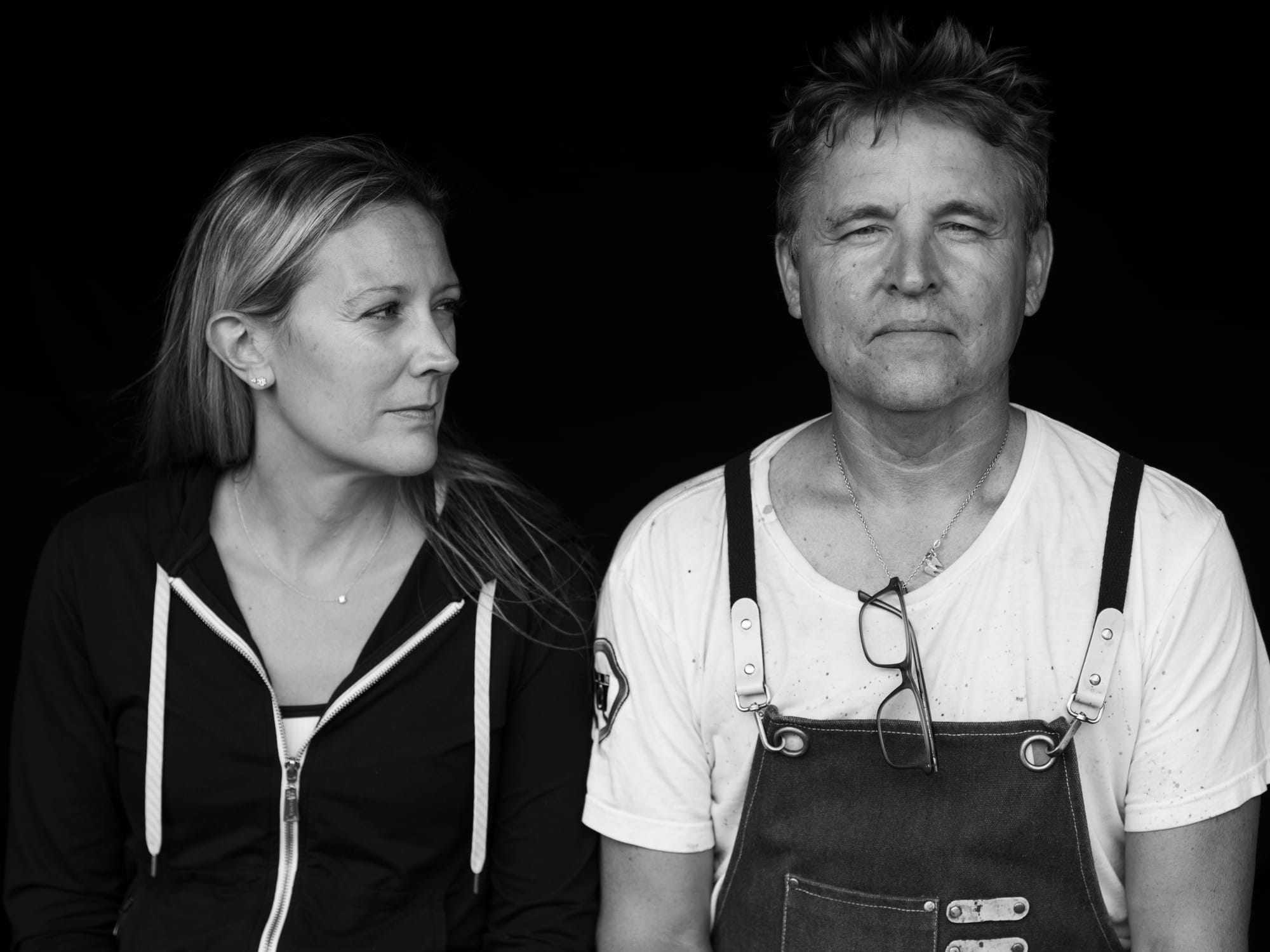
What started as a curiosity on the internet, I started following Shane Balkowitsch on Instagram several years ago. There was a visceral originalism to the collodion process he was perfecting, and I was completely drawn to it. "He's a wild man" I remember thinking to myself, partially quoting a favorite line from The Hurt Locker. Shane was taking on the history books, demanding results, and somehow getting them. His work is incredible, deep, dark, imperfect, and in its purest form, raw.
Shane operates a purpose built daylight studio in Bismarck North Dakota. He has created an atmosphere of creativity and passion.
My background in photography
Goes back longer than I care to admit. I studied at Brooks Institute of Photography in Santa Barbara back in 2003, where I learned a strict technical approach to processing and printing film. One of the jobs I held while in school was processing film, both color and black and white. In 2004 I learned E6 processing using a JOBO, and got very comfortable with any process, at home or in a professional lab. As the years have passed, the main issue has become the practicality of the availability/volume/cost of the chemistry.
Now, memory may be failing me, but I don't recall a dry or wet plate class being offered while I was there. I know I've read about the pioneers of the craft for both class and leisure, but their processes always felt like you needed to be an experimental alchemist of yesteryear; someone willing to taste the poison in order to ensure it's right, painfully oblivious to the dangers of the chemistry.
Historical Tangent
Frederick Scott Archer (1813–1857) was an English sculptor and photographer best known for inventing the wet plate collodion process in 1851, revolutionizing photographic technique by significantly shortening exposure times compared to earlier methods like the daguerreotype and calotype. Archer’s method involved coating a glass plate with collodion—a sticky solution of cellulose nitrate dissolved in ether and alcohol—then sensitizing it in silver nitrate. Because the plate needed to remain wet throughout exposure and development, photographers had to rapidly complete the entire process, often requiring portable darkrooms in the field.
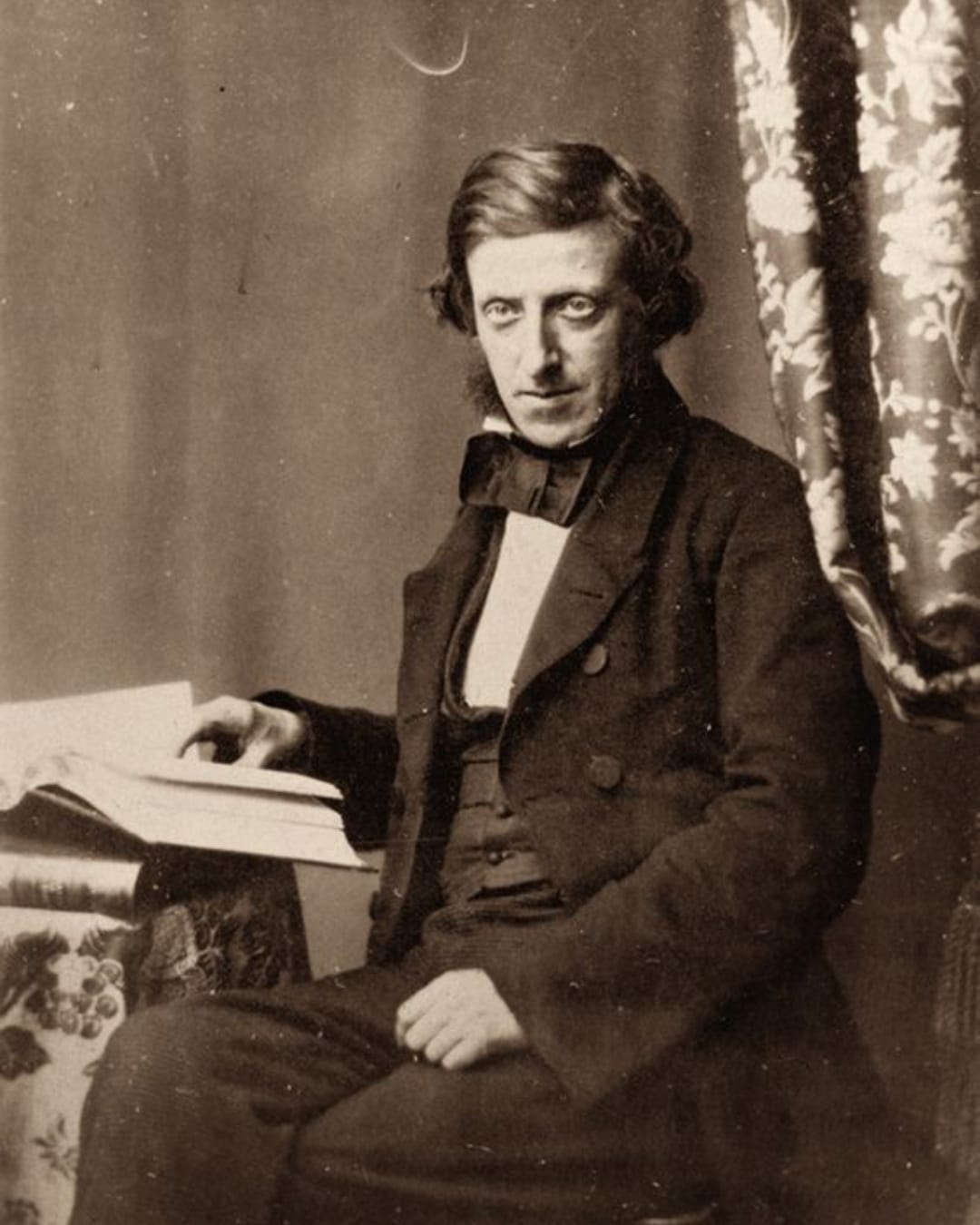
The wet plate collodion process quickly became the dominant photographic technique, celebrated for its high-quality detail, affordability, and reproducibility. However, it was also notoriously challenging, involving hazardous chemicals and delicate timing. Archer himself died impoverished and largely unrecognized in his lifetime, yet his innovation laid the foundation for modern photography, enabling mass-produced imagery and opening doors to broader artistic exploration and documentation.
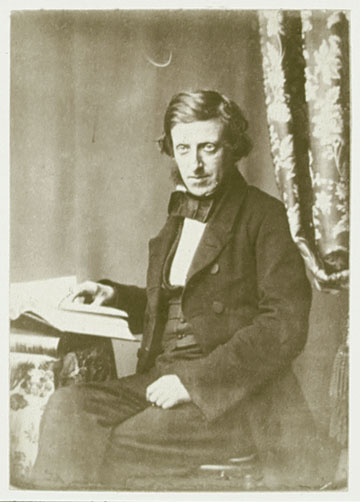
Imagoₐₑₜᵉʳₙᵘₘ = [(Vitrumₚ + Collodiumᵥ)(AgNO₃ₛ) • Luxᶠ ] / Tempusₘᵢₙ • Umbraᵣ → { Revelatioᶠ + Fixatioₛ + Lustratioₐᵩ } ⟹ Signum Umbrae Captum
Robert Howlett was a pioneering British photographer best remembered for his iconic portrait of engineer Isambard Kingdom Brunel, captured during the construction of the monumental steamship, SS Great Eastern. Born in 1831, Howlett rapidly gained a reputation for his innovative use of the wet-collodion process. His photographs showcased both technical brilliance and artistic sensitivity, solidifying his status as one of Victorian England’s most promising photographers.
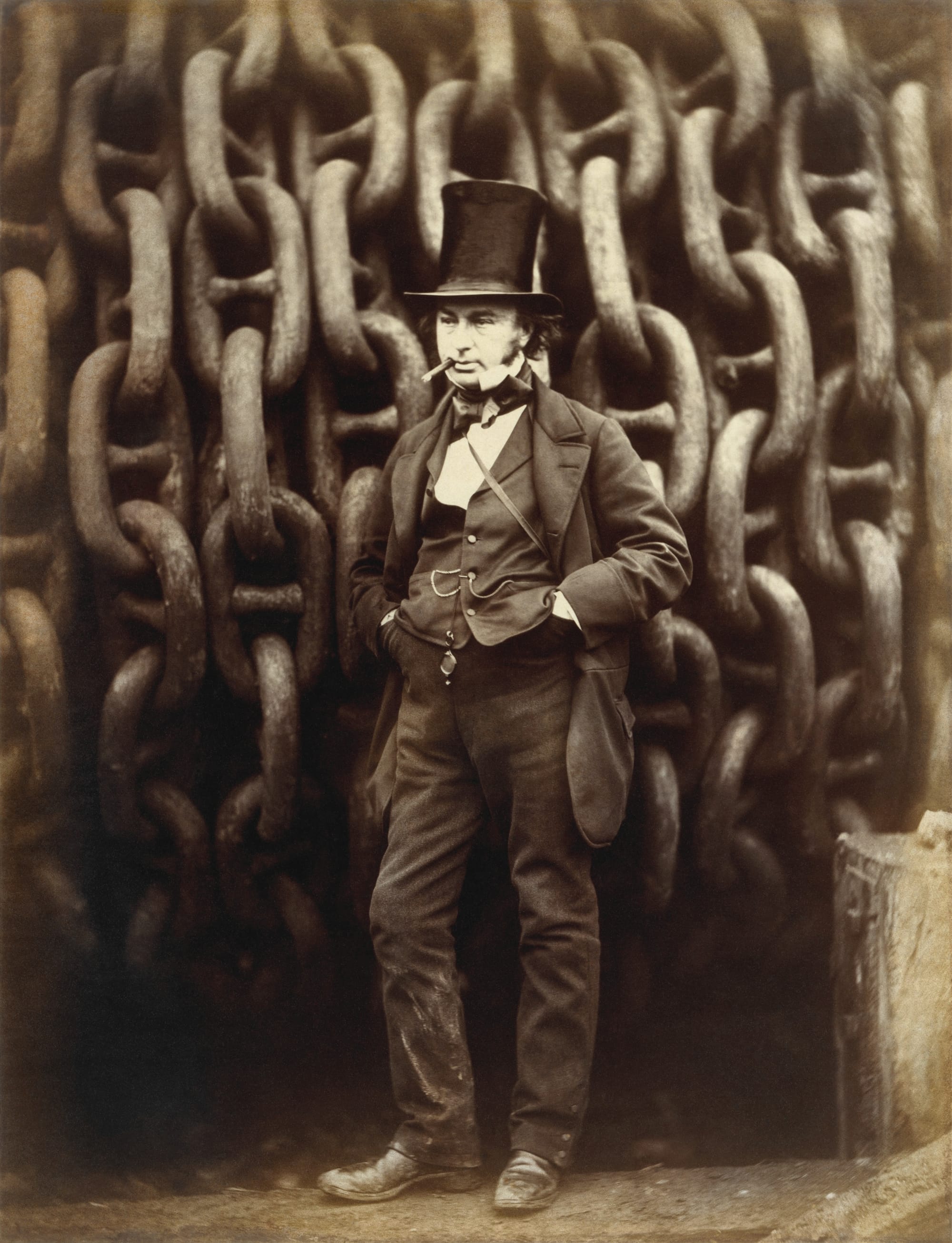
Tragically, Howlett died in 1858 at the age of 27, officially due to typhoid fever, though contemporaries speculated that his relentless exposure to photographic chemicals played a significant role. Rumors persisted that inhalation of toxic vapors from substances such as ether, nitrates, and mercury used in his photographic processes contributed to his untimely demise, casting Howlett as an early victim of occupational hazards linked to the chemistry of photography. His death carved him into the prototype of every artist who ever burned too bright and died too young—talent, obsession, and chemistry mixing into a lethal cocktail that would echo through generations of creative casualties. Then again, maybe it was just the typhoid, and the rest is just us needing our artists to die poetically instead of pointlessly.
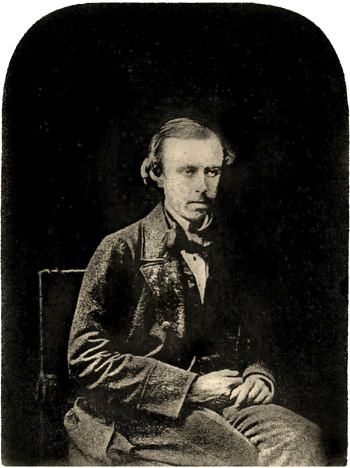
Winter 2025
A post from Shane about a Bismarck State College class he was teaching for the first time caught my eye. I mean, having moved to Southern Minnesota a few years back from California, the 7 and a half hour distance suddenly made us practically neighbors. I jumped at the opportunity.
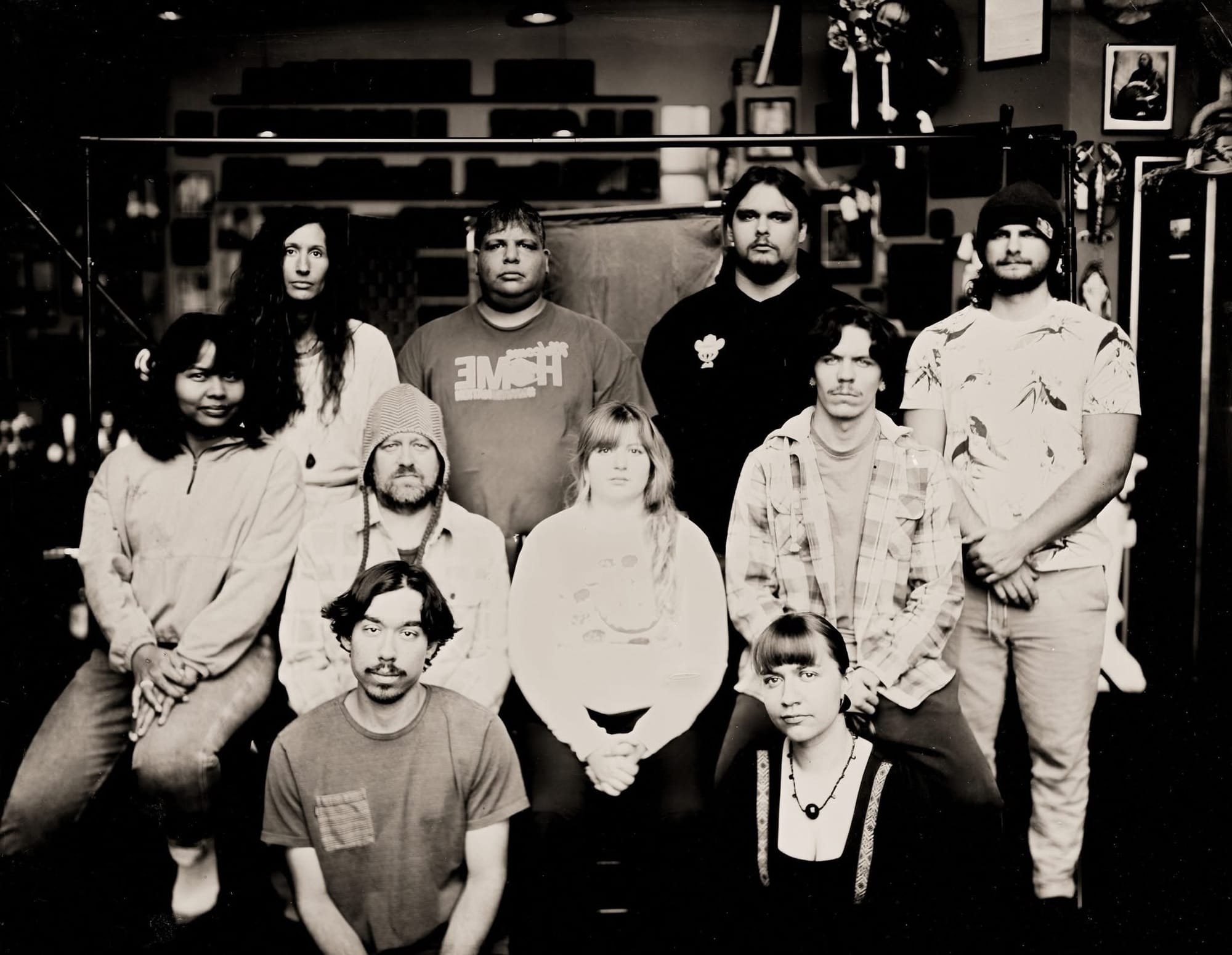
You don’t end up in Bismarck by accident, but if you show up with a camera older than your grandfather’s regrets and a desire to make ghosts out of light, it just might open up to you like a long lost letter.
This is what started a strange, yet beautiful, 950 mile weekly round trip pilgrimage into the world of wet plate collodion, where I found myself nearly elbow deep in ether, razor sharp glass, pungent, dizzying odors, and unvarnished nostalgia.
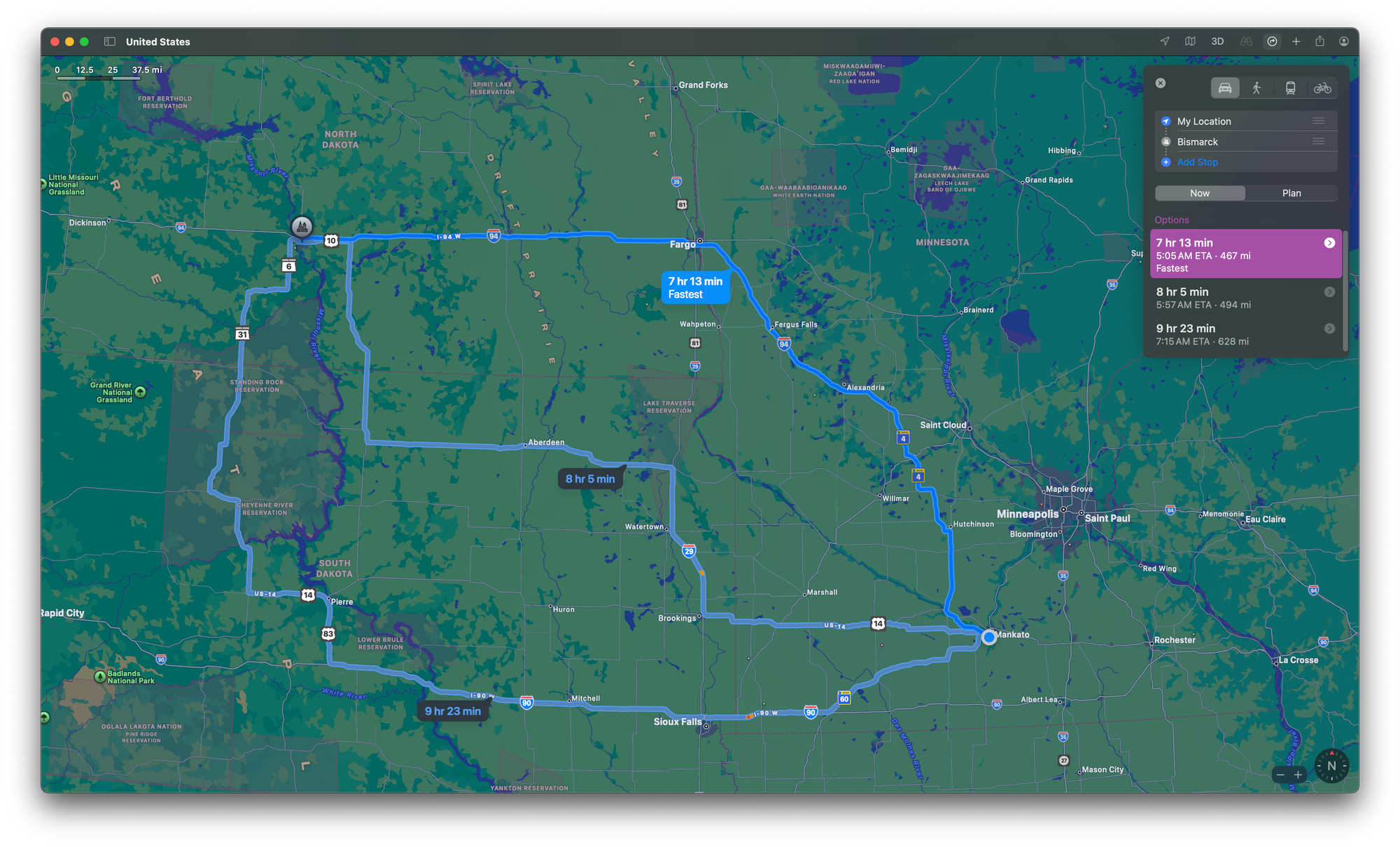
Each week, I pointed the hood of my Jeep Wrangler north out of Mankato at around 4-4:30am, and made the 7.5-hour run to Bismarck, North Dakota.
The modest lift gives it the stance of a truck that never skipped leg day. Stubborn in the cold, but it's a 4x4, and that matters when the prairie tries to kill you. At highway speeds across this American tundra, the square profile fights the wind like a brick through syrup. Some weeks the road vanishes in fog so thick it devours everything. Some weeks it's ice, others it's punishing winds. Sometimes it's all of the above.
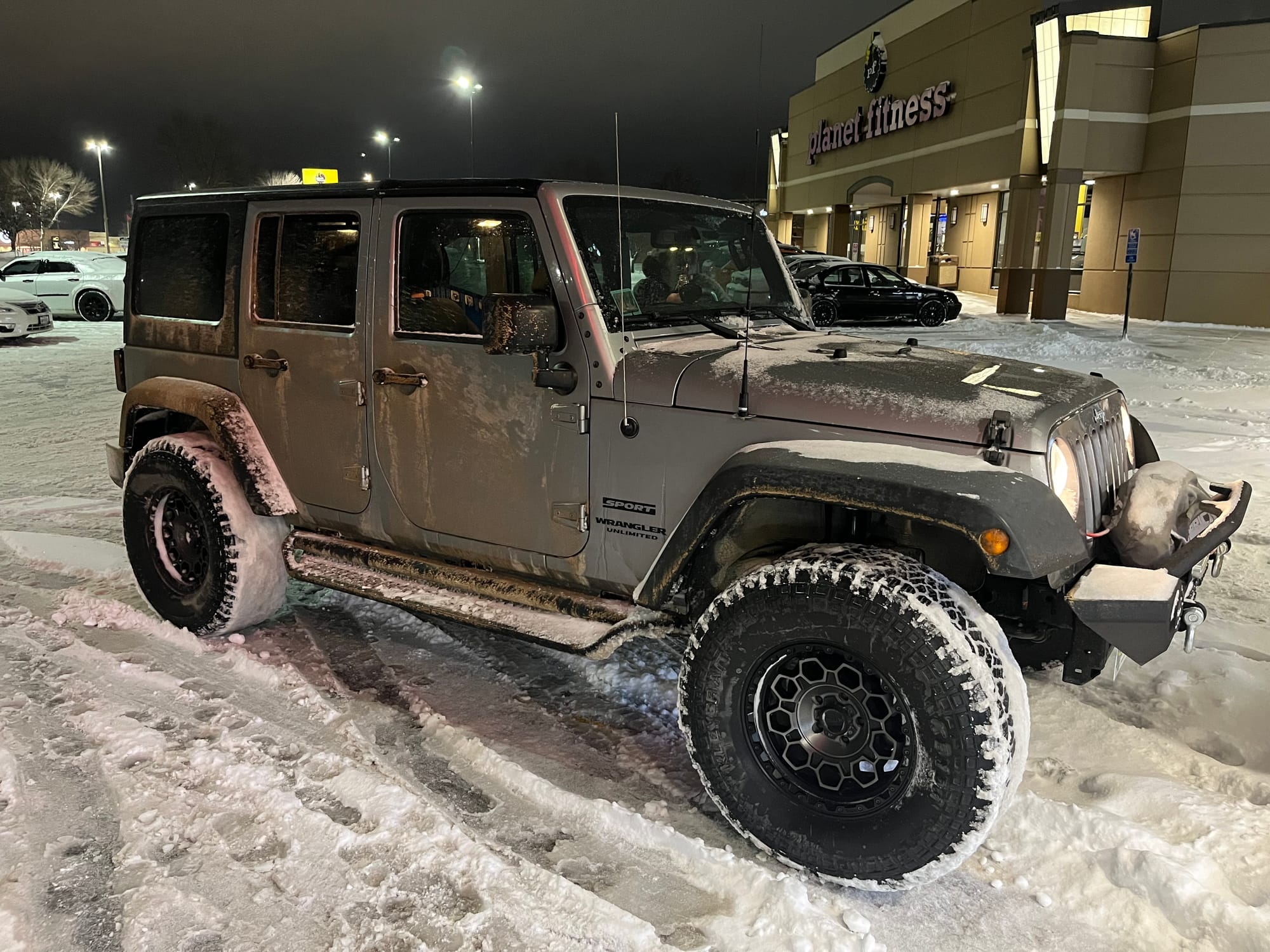
Some people call it a hobby. Others call it passion. Some even call it nonsense. For me, it’s a form of reckoning. The last year cracked me open. Sudden death. New life. My twin sons were born, healthy and strong. Laughter next to heartbreak. I’ve also felt hollow. I’ve woken up wondering how to hold all of it, grief and gratitude; in the same hands. Some mornings I feel like a father. Other mornings I feel like a ghost. Humans are complicated. So am I.
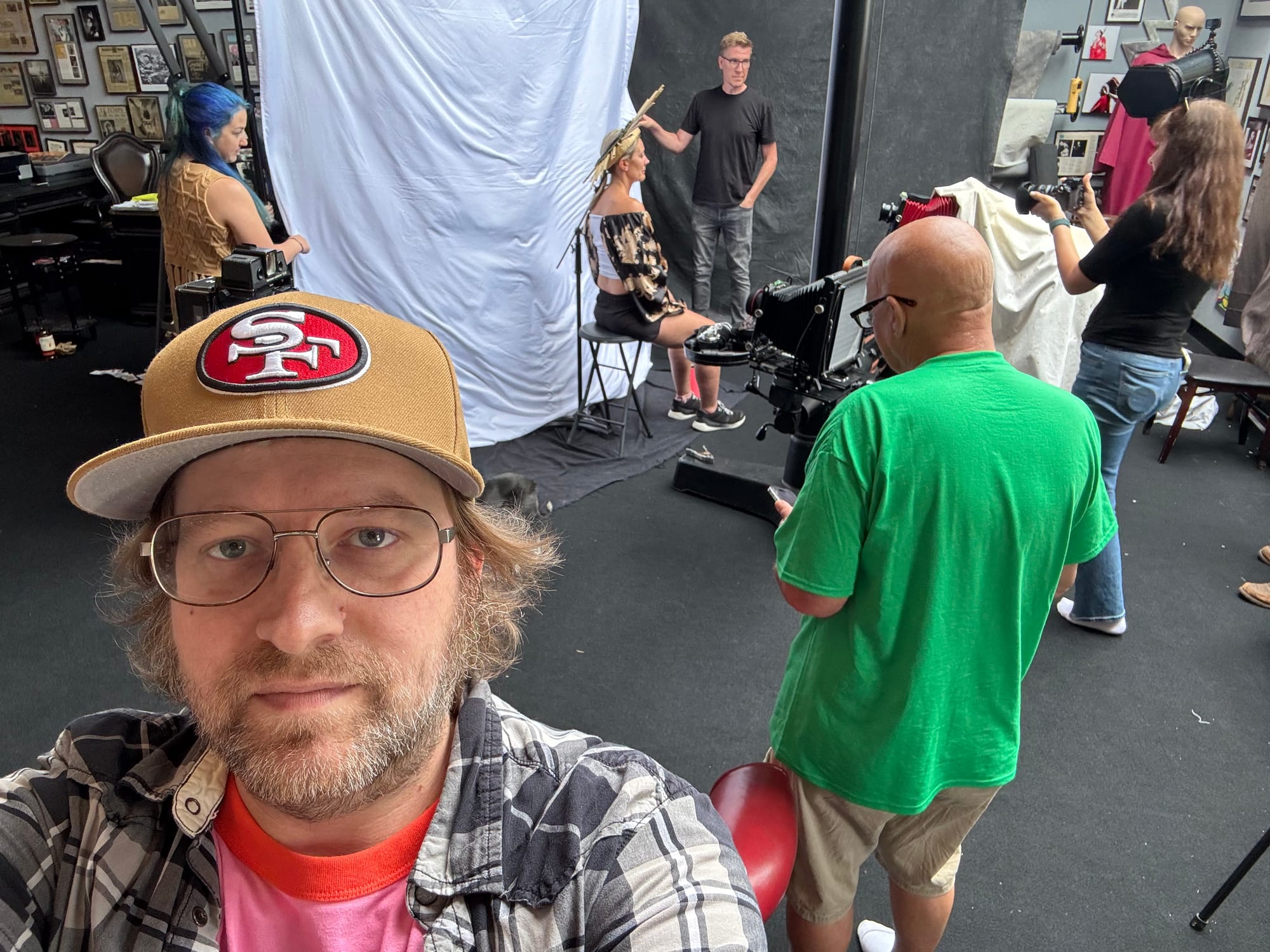
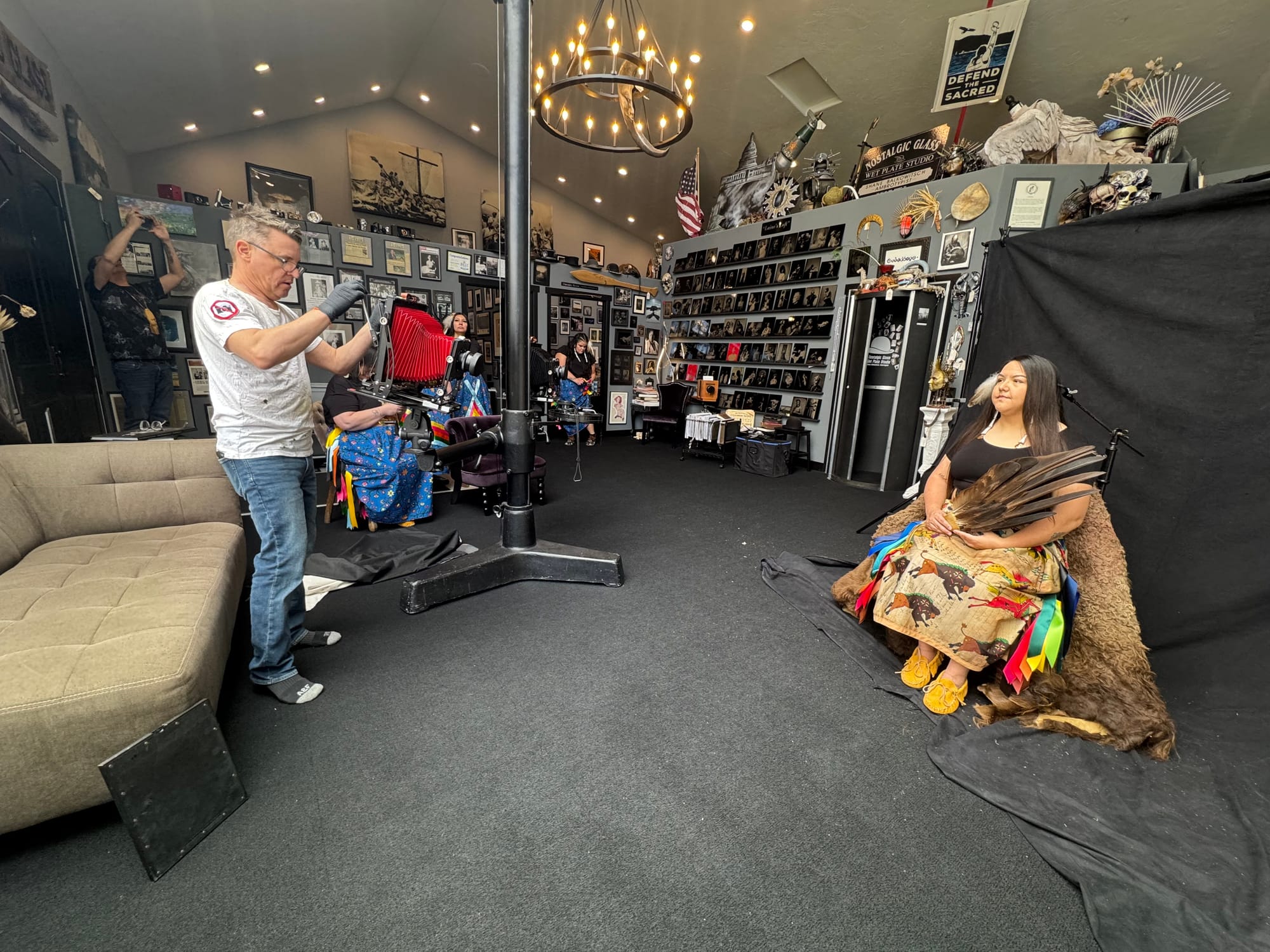
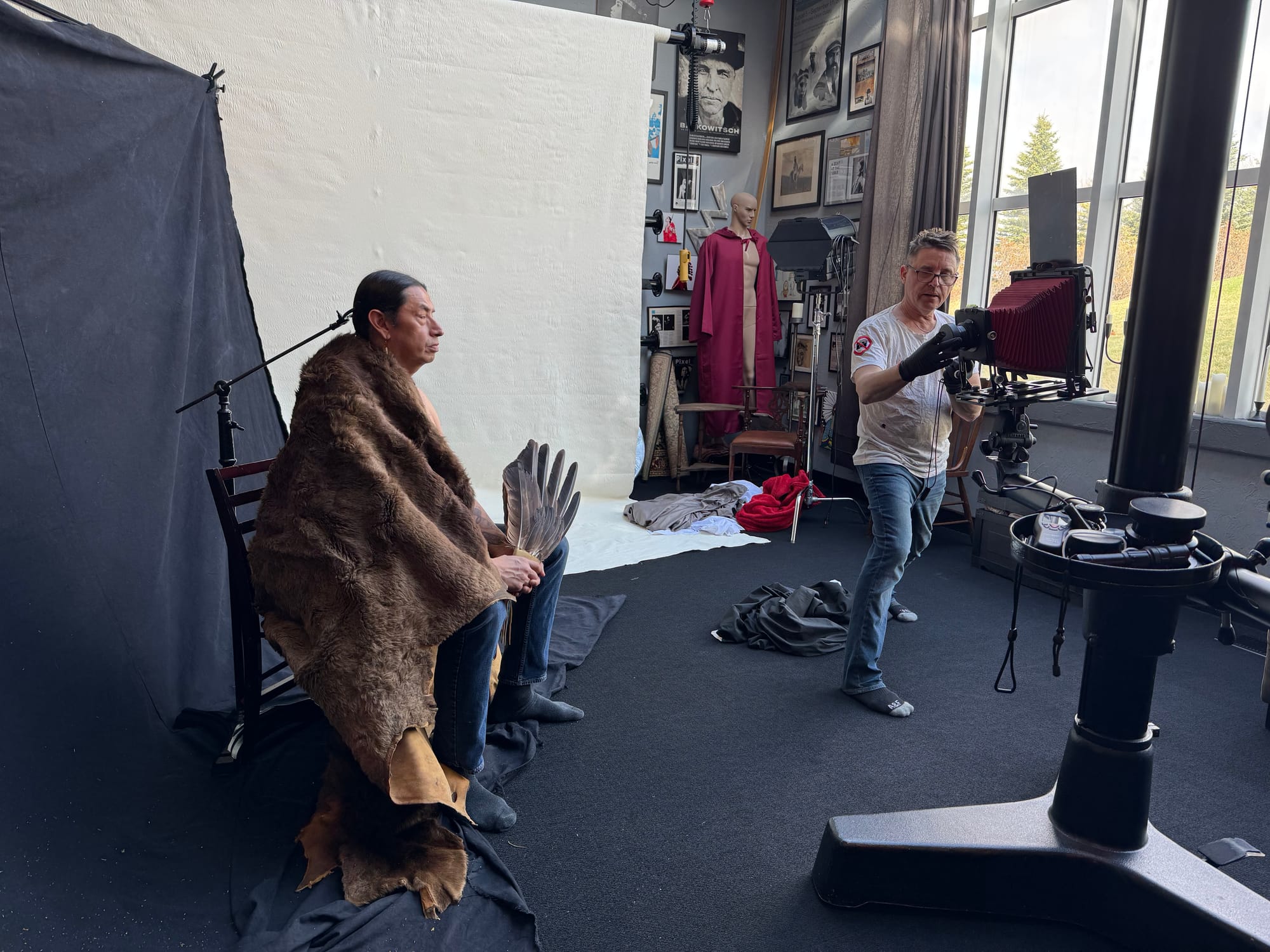
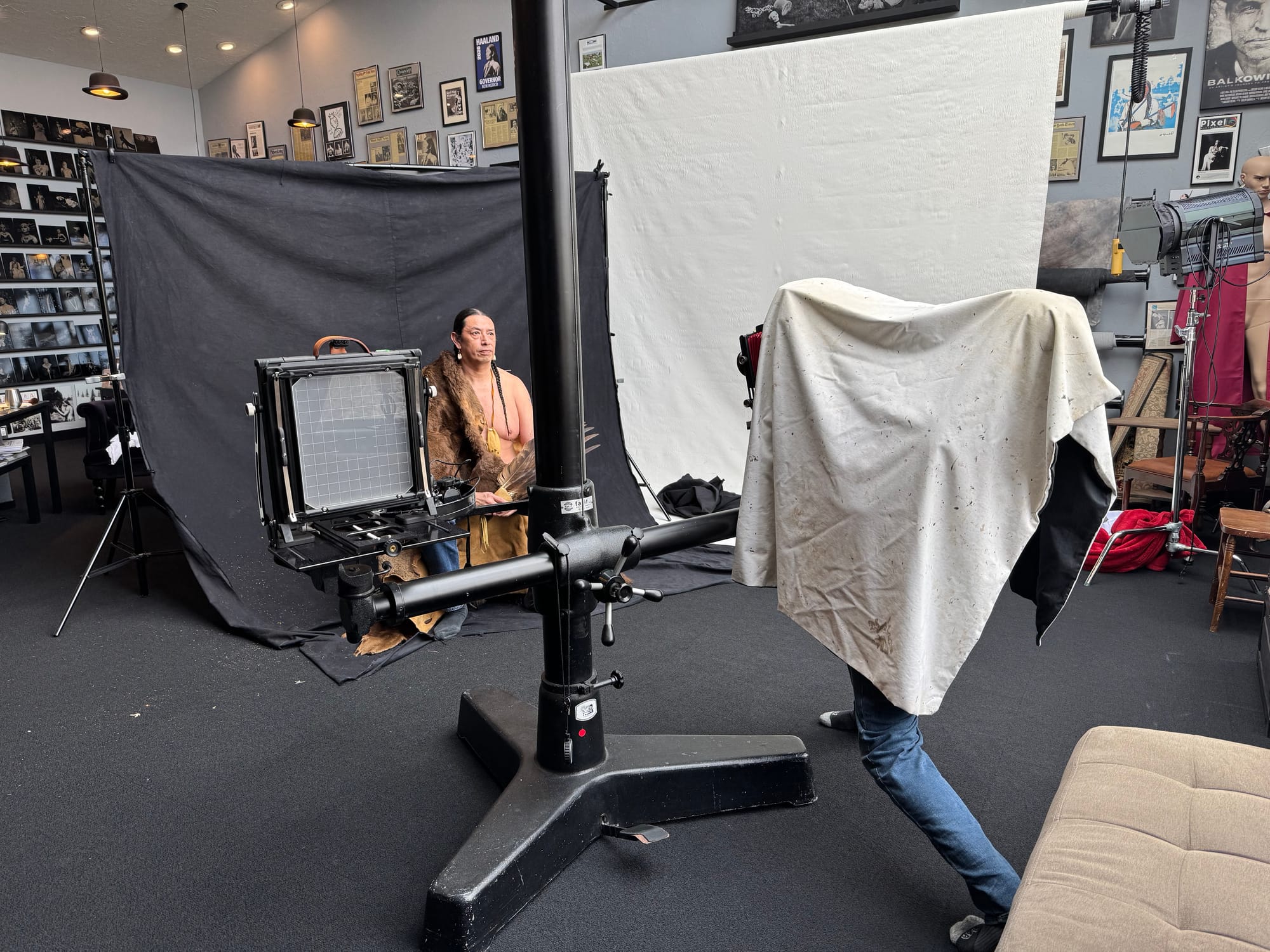
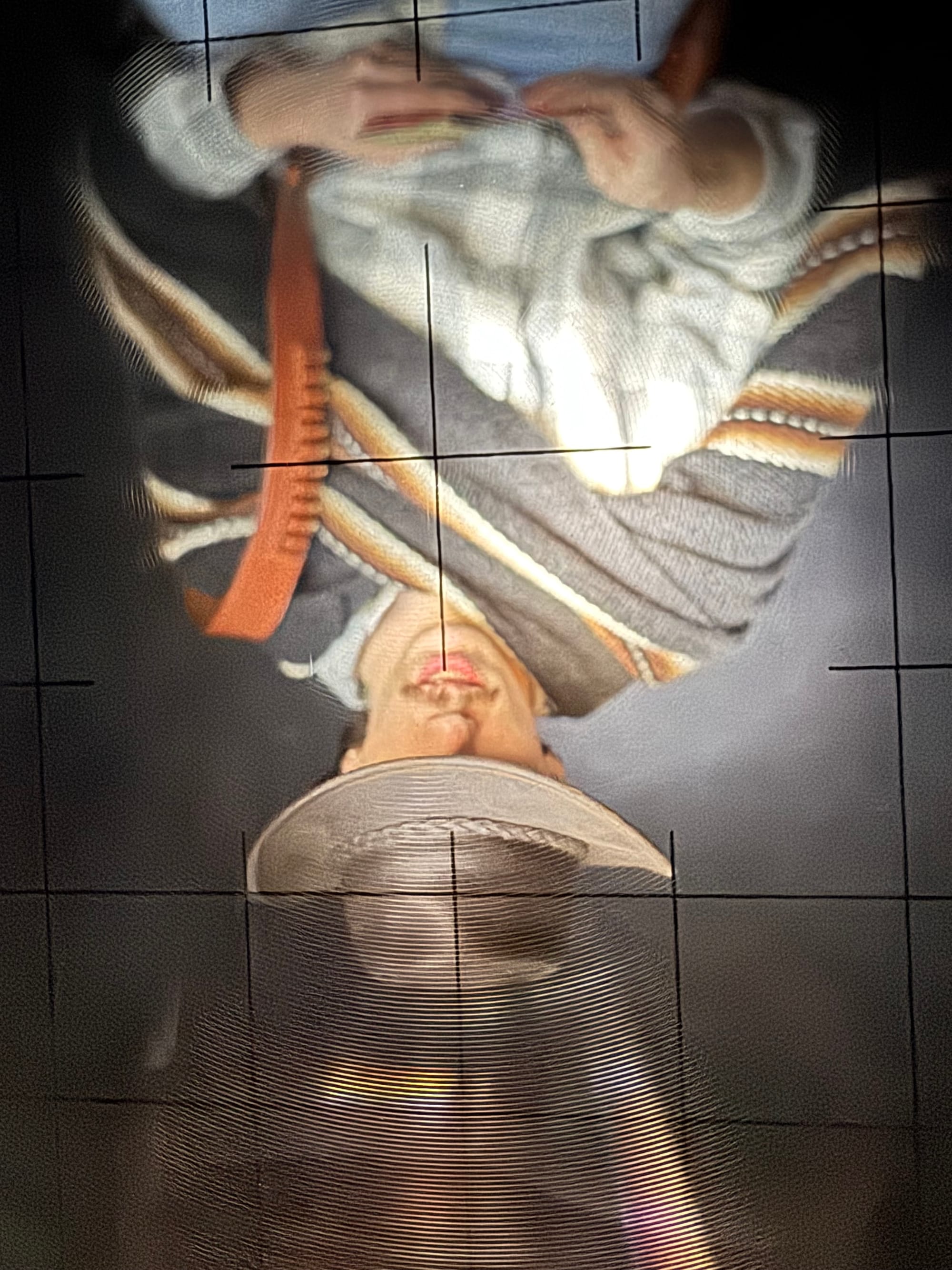
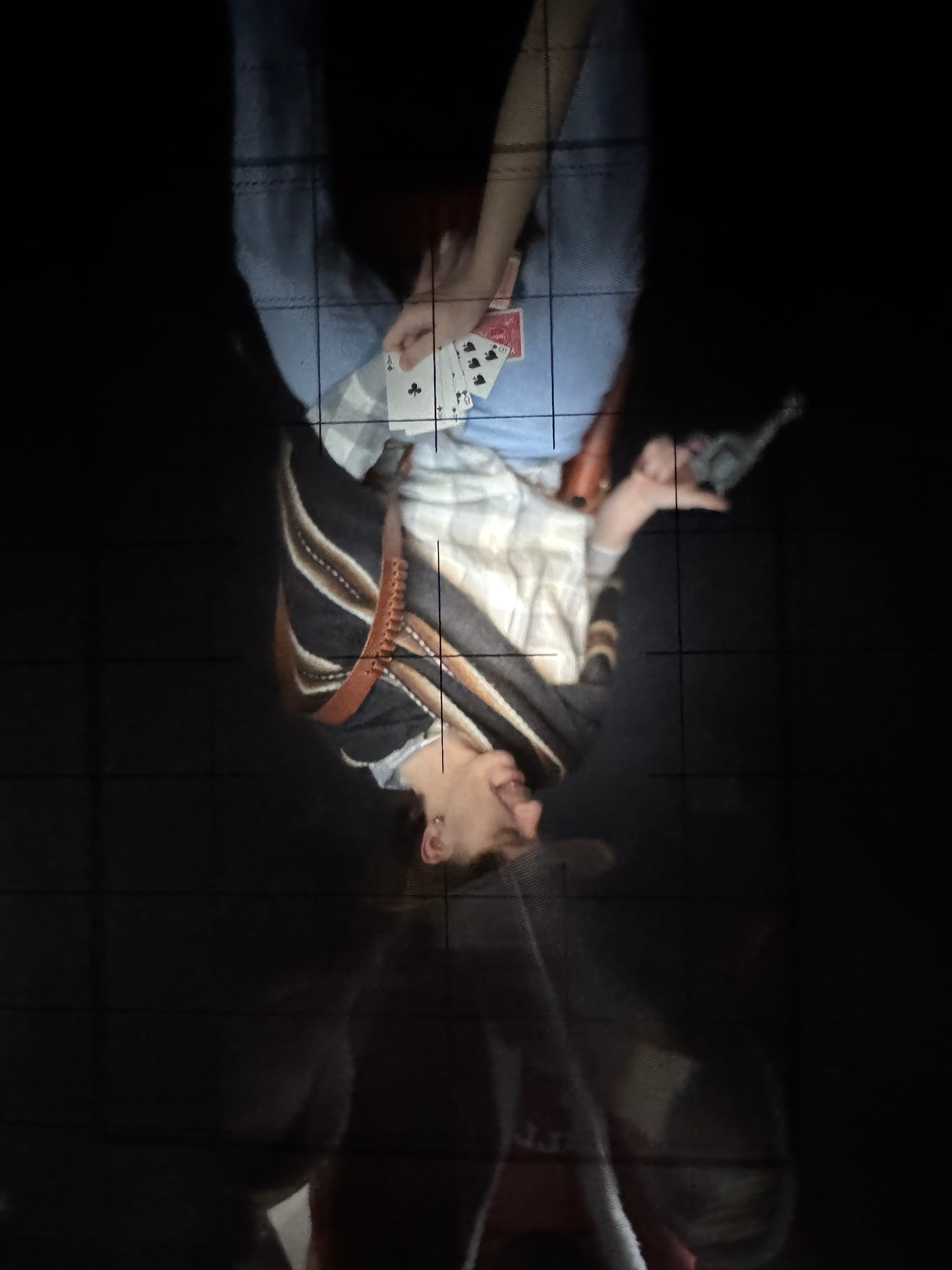
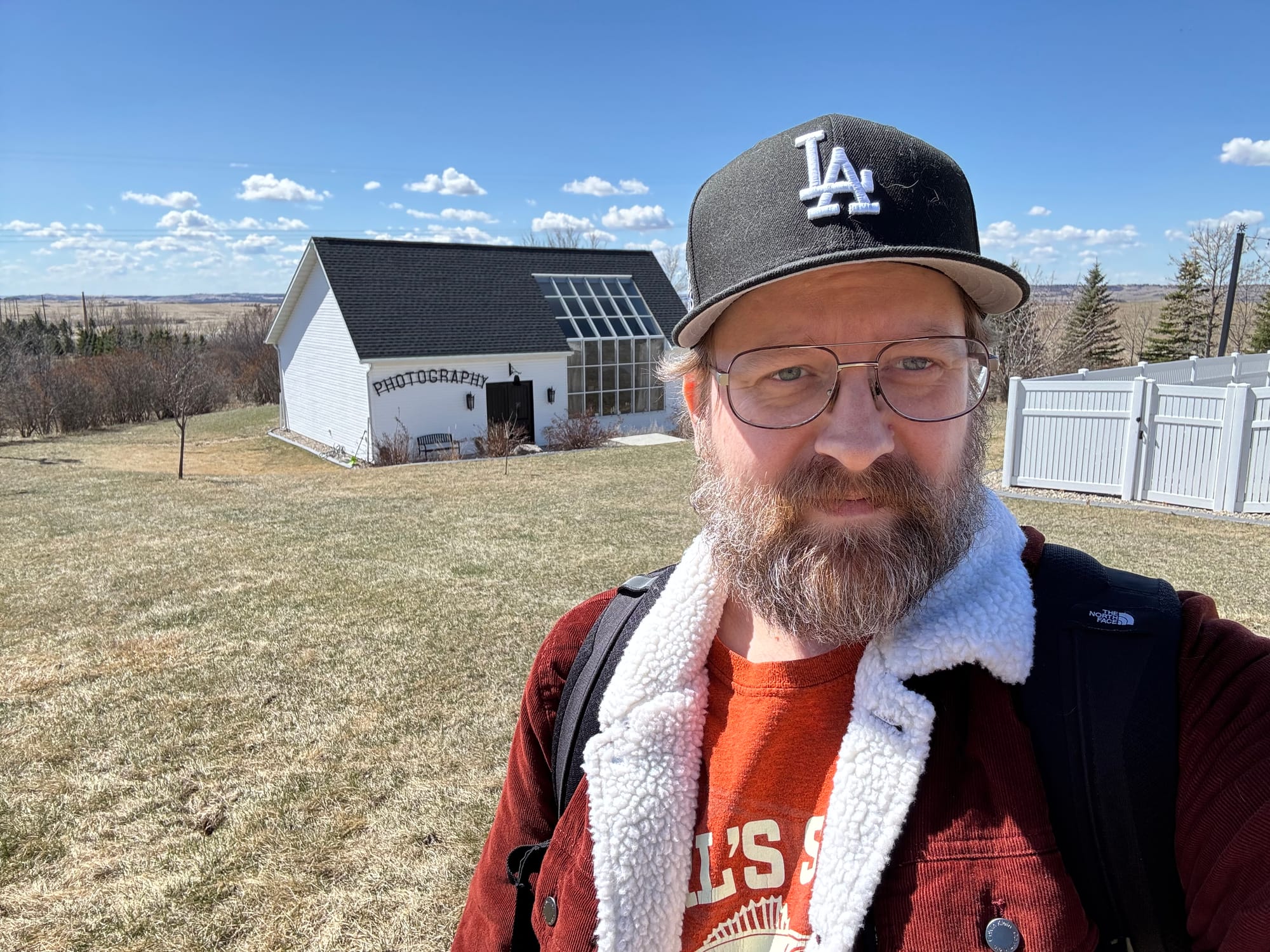
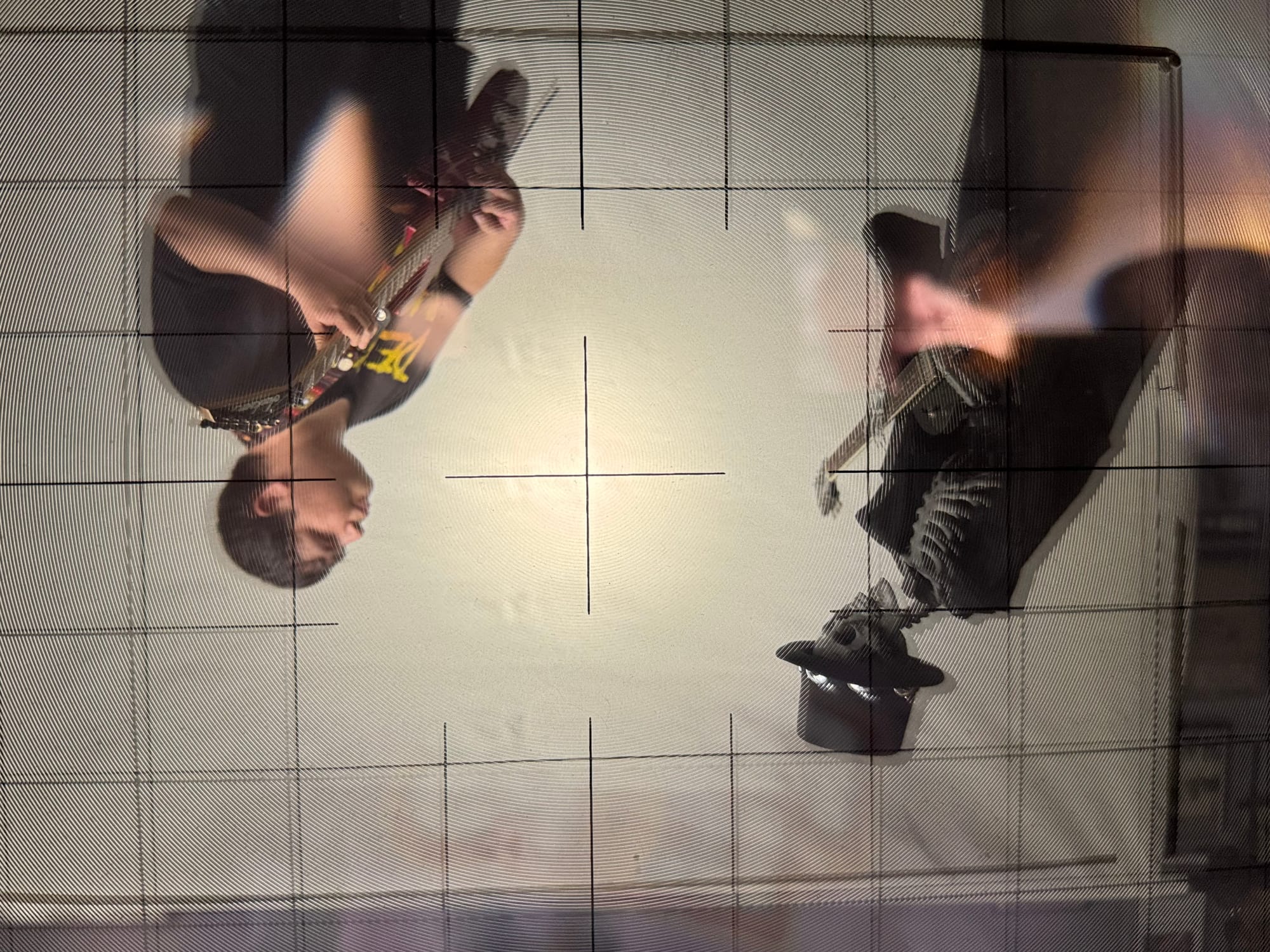
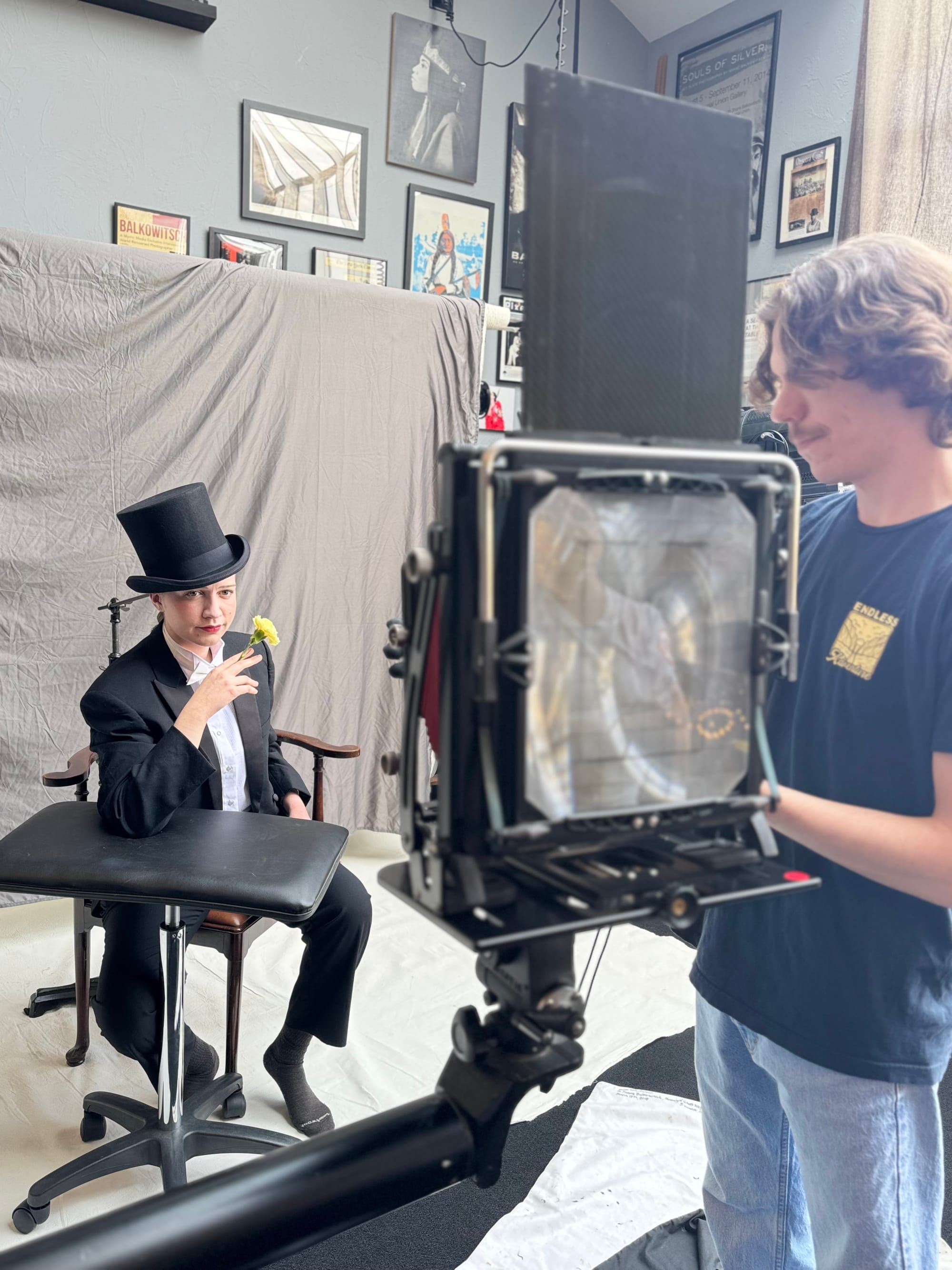
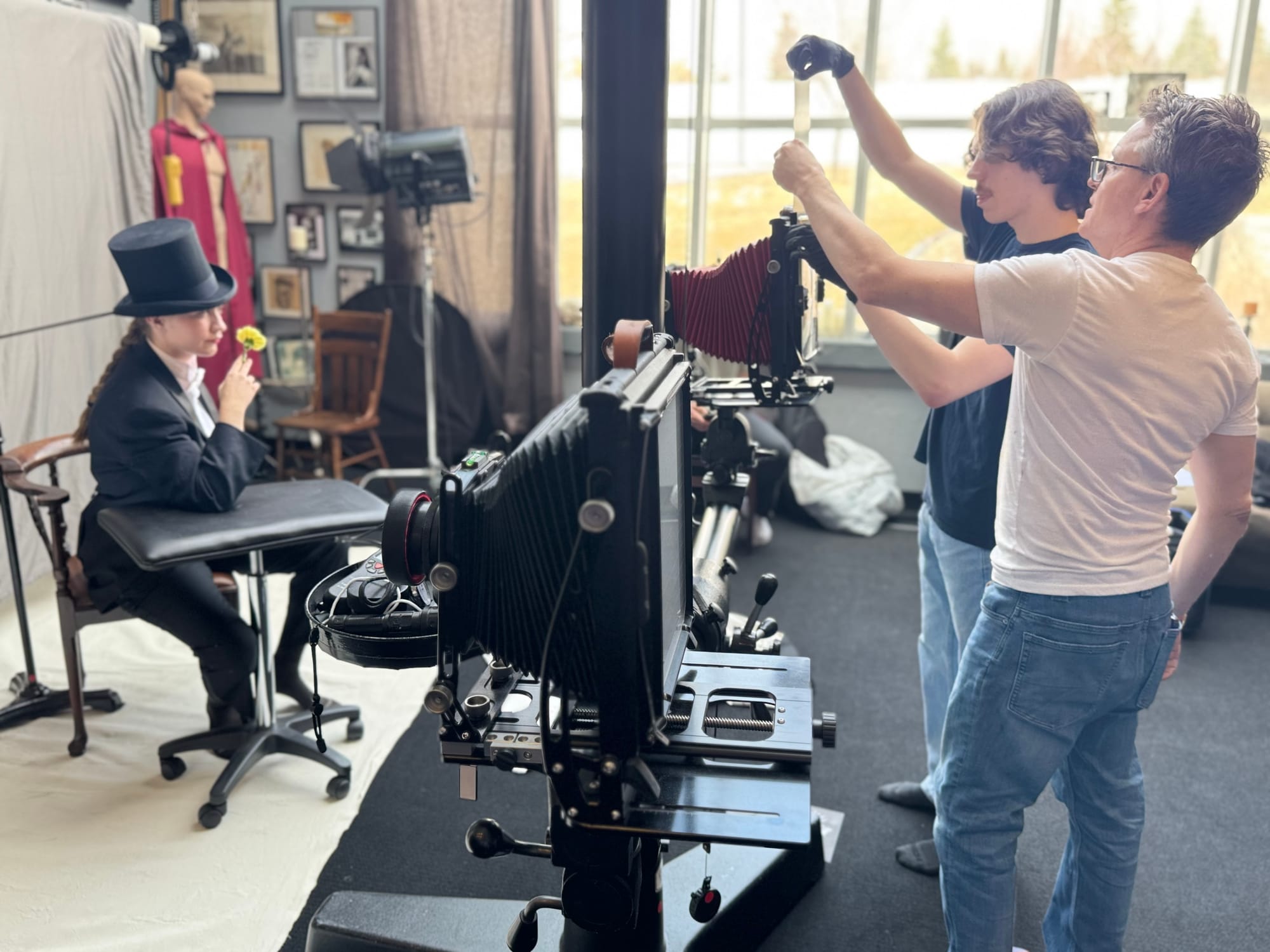
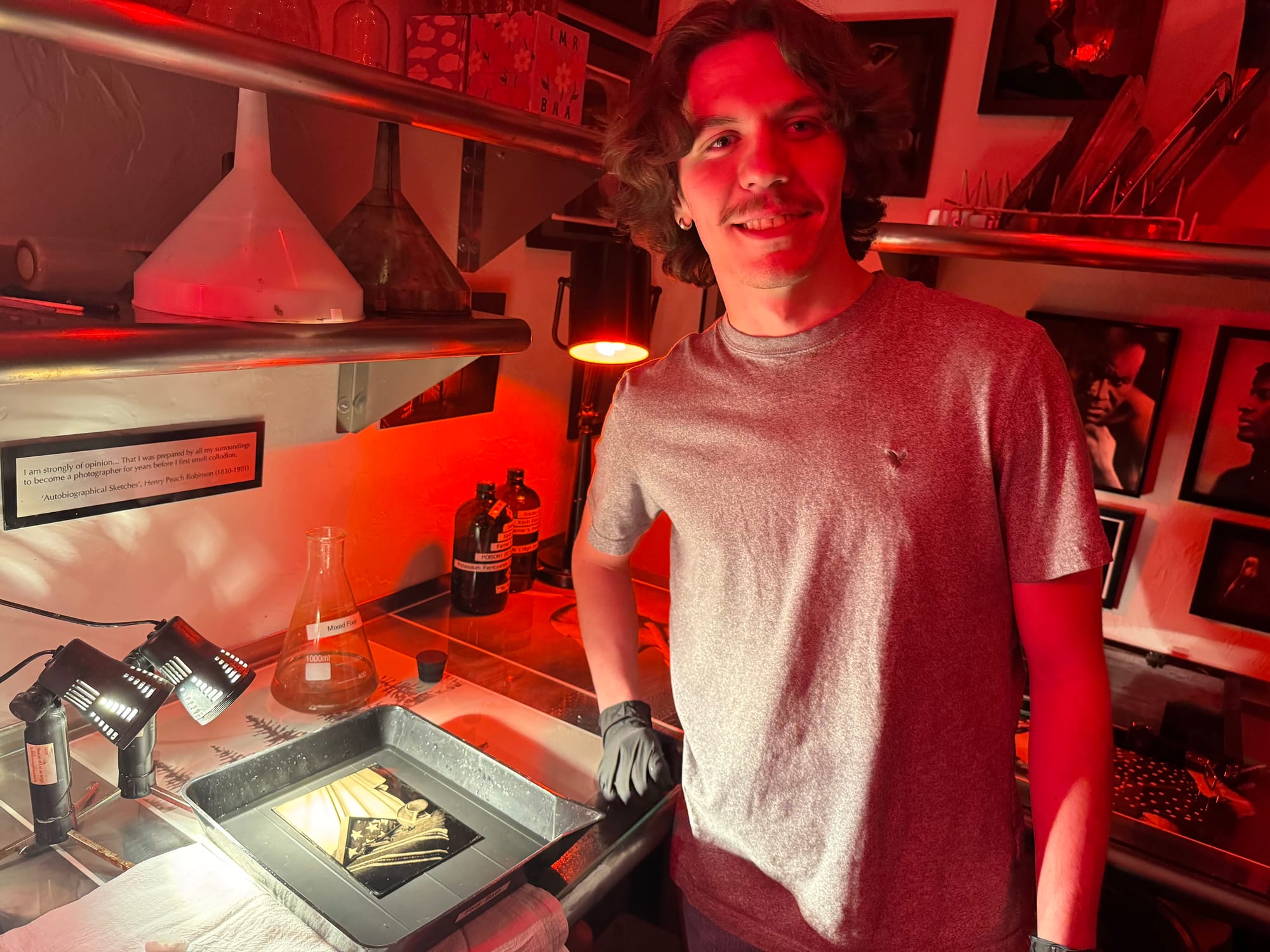

It’s a corridor I keep crossing, carrying too much of what I can’t let go of, and not enough of what I need to become.
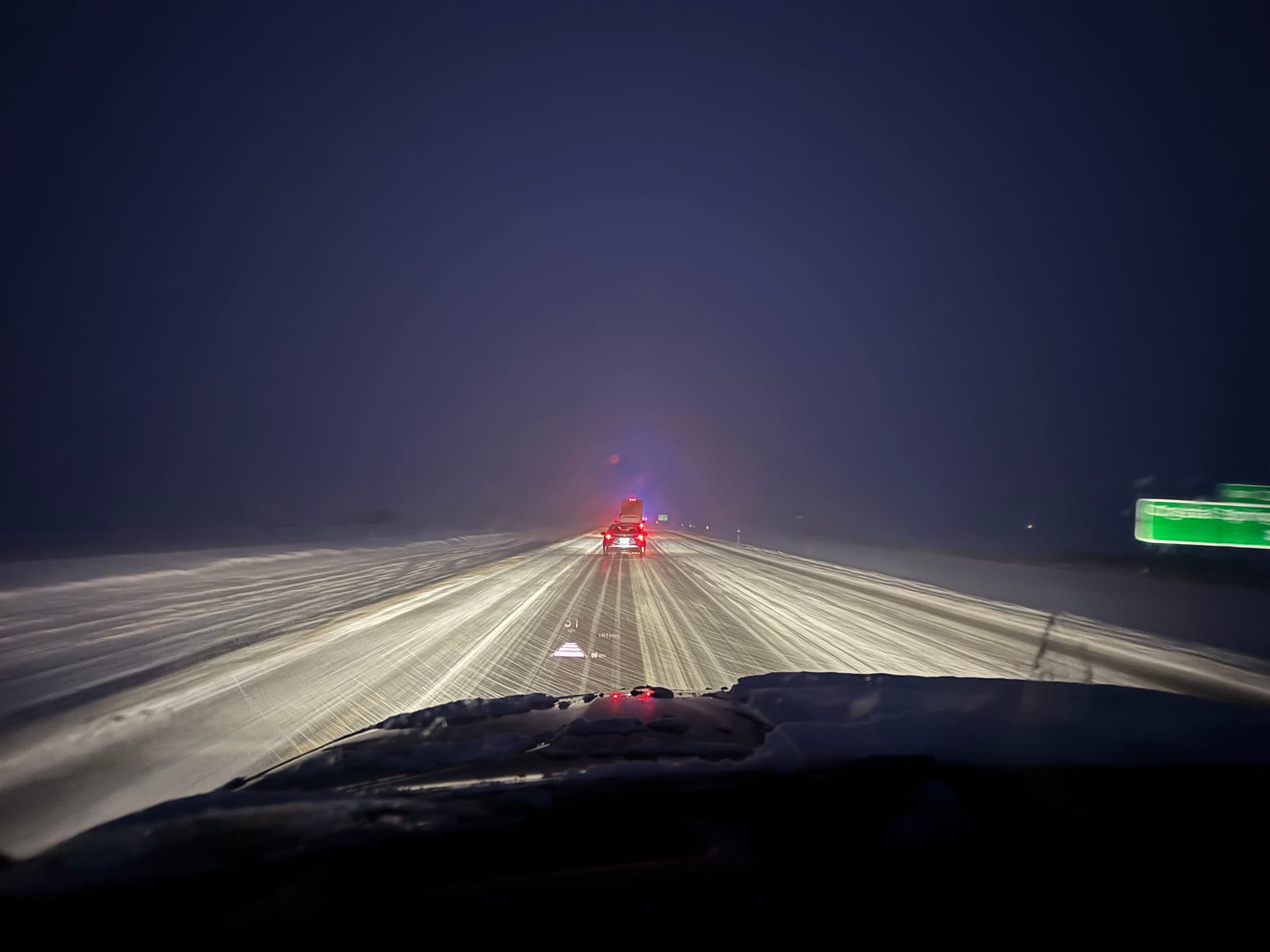
I used to feel like an asshole behind the wheel in San Francisco, but now it feels like a lifeline.
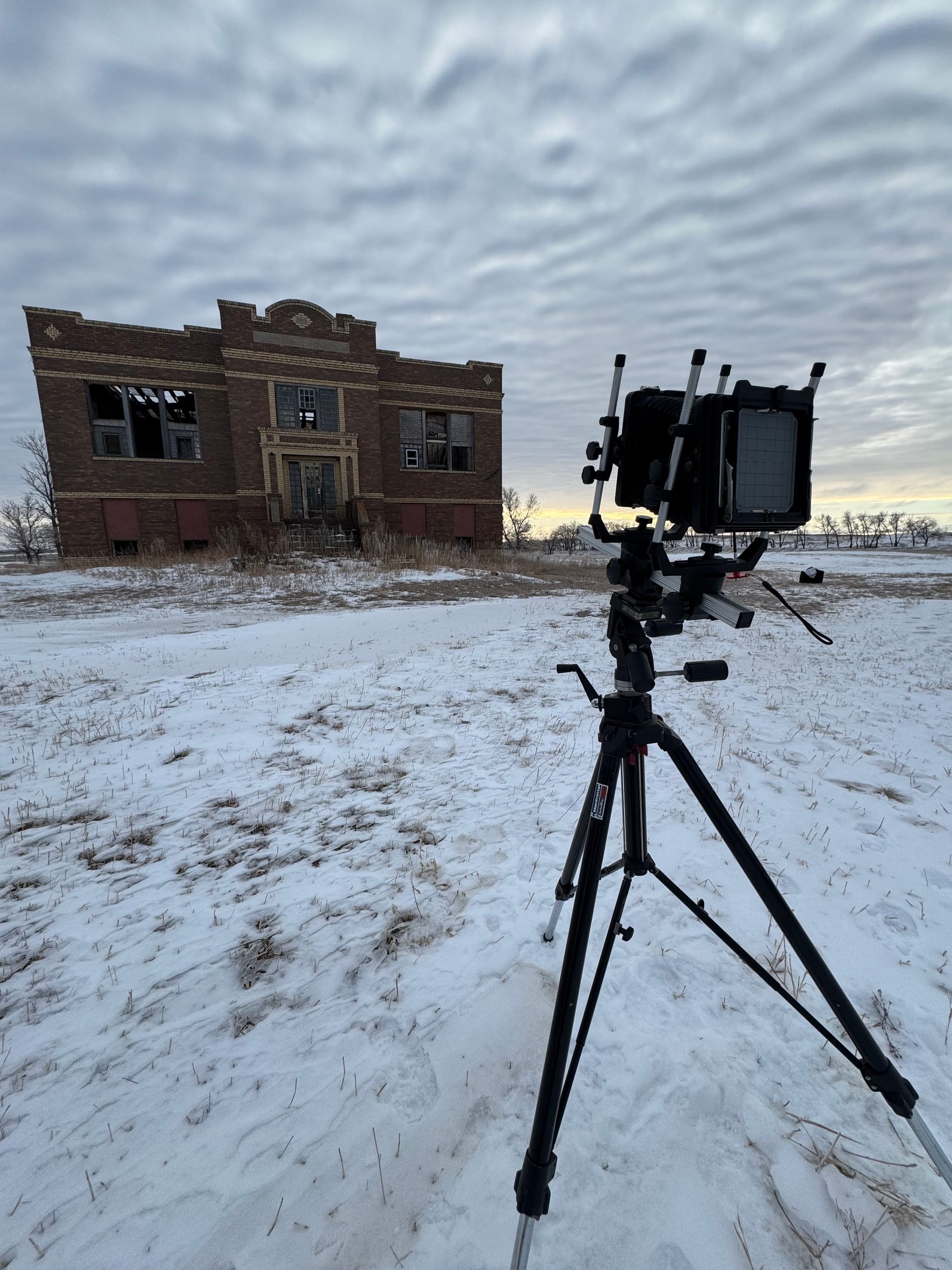
The road is lined with the shells of yesterday’s life, with crumbling schools, brittle churches, and homes long abandoned. I can't help but try to negotiate with myself about how I want and need to be in this world. My mother passed just before my twin boys were born, and the weight of it hasn’t lifted. The steady hum of the tires soothes and stings, while music and voices dissolve into the black matter of the universe. Sixteen round trips from Mankato to Bismarck. That’s over 4,800 miles on the odometer alone, sometimes in silence, other times indulging my parasocial relationships with podcasters. Just me, the hum of the engine, and whatever I’m trying to work out in my head. Looking for something when you don't know what you're looking for is a bit of a mind-fuck.
This still doesn't answer the question of what I'm doing out here.
The Plates
As part of the process, Shane had us paired up for our wet plates. I designed and shot my own still life, conceptualized my portrait and had my partner execute it, and in turn, I photographed theirs.
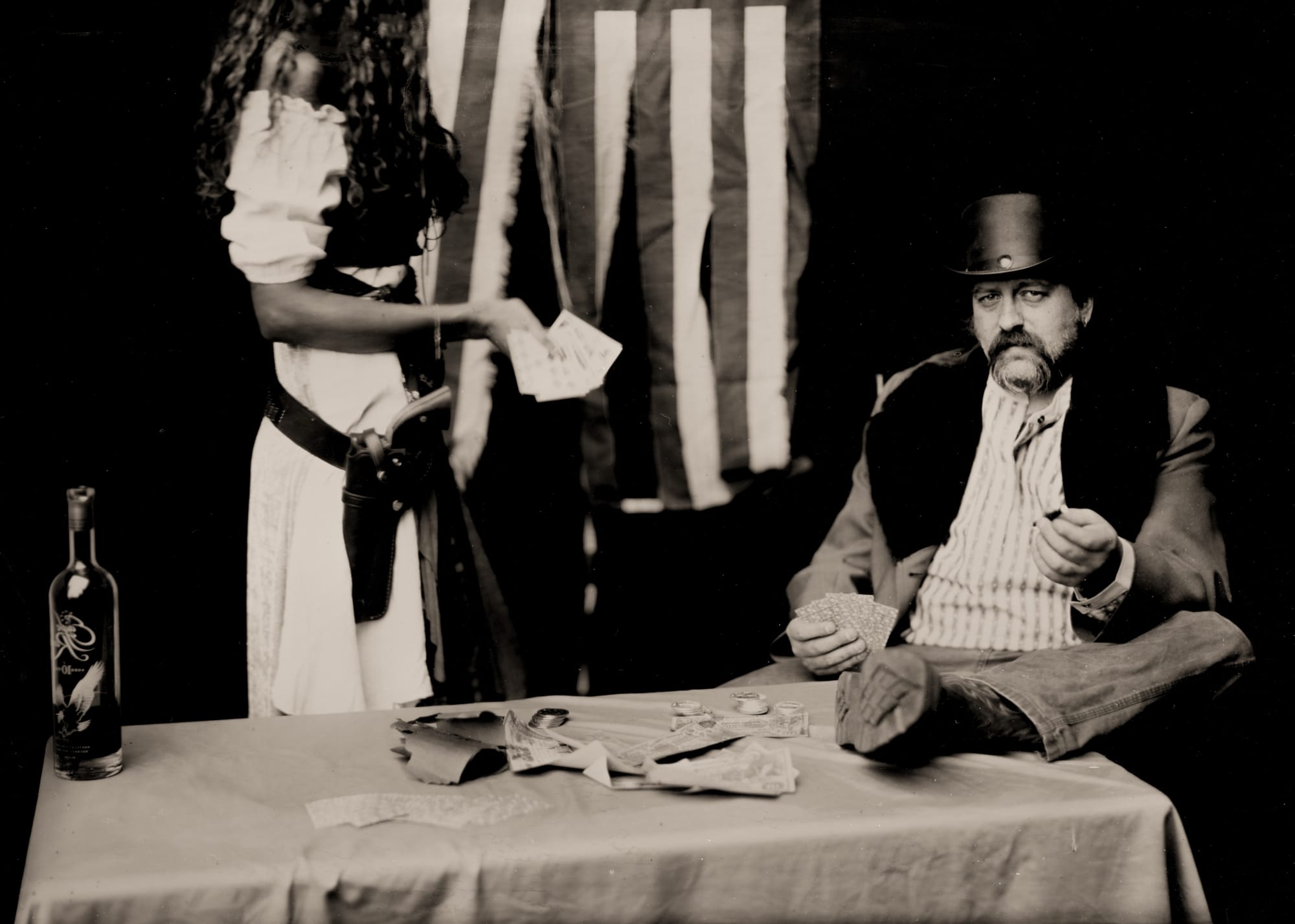
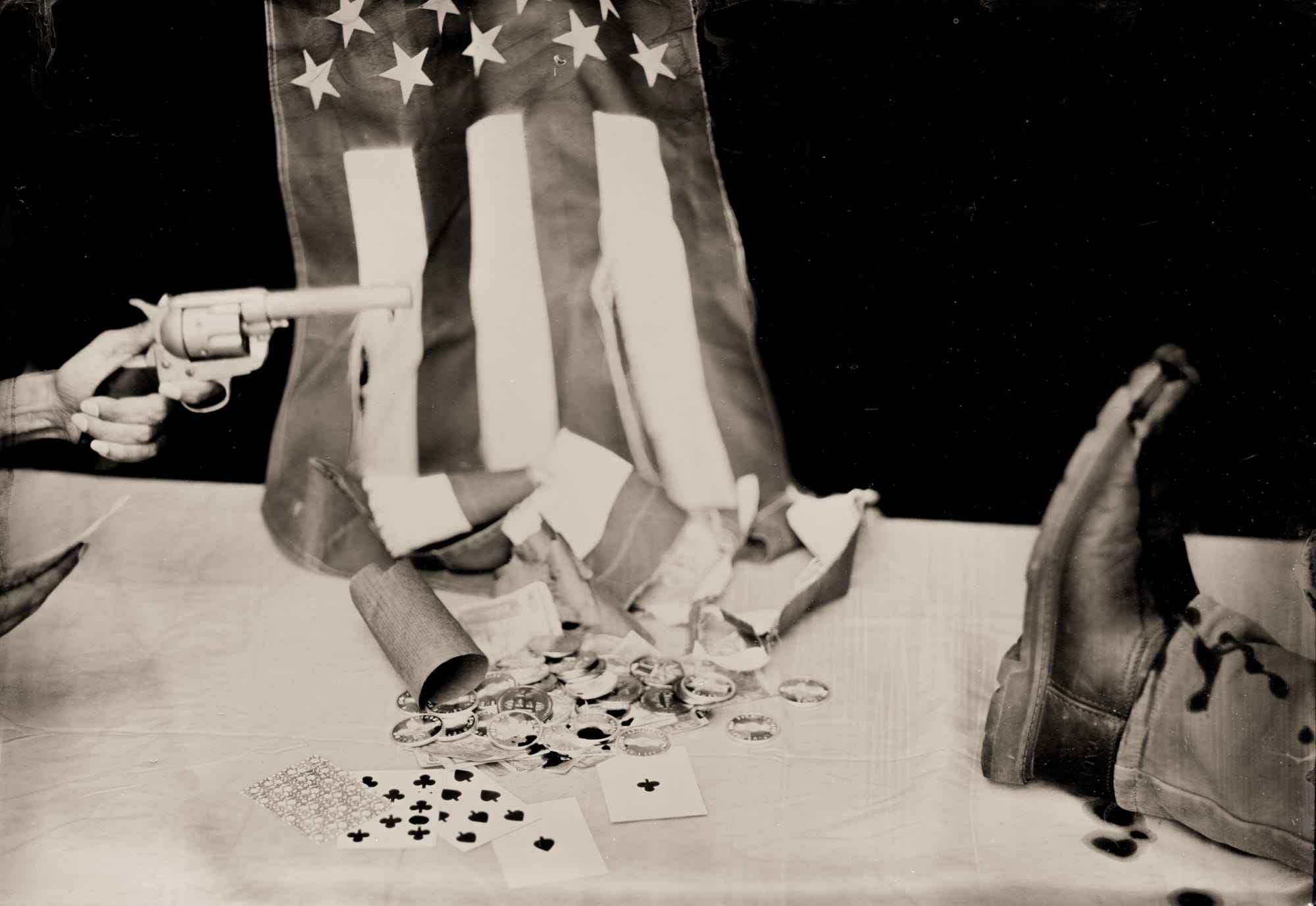
Dead Man's Hand
strips the flesh from the American corpse and holds up the bones for inspection. This isn't commentary—it's a coroner's report written in blood and silver.
The first plate delivers the setup with brutal economy. A man hunches over a poker table, his face carved into a permanent sneer of entitlement. The table itself becomes an altar to dead gods: bitcoins, defunct banknotes bleeding their last drops of purchasing power, silver coins, and a pawn ticket; the final receipt of a civilization that sold itself for scrap. Behind this tableau, the American flag hangs like a suicide's noose, still draped in the colors of 1776 but carrying the weight of 250 years of broken promises.
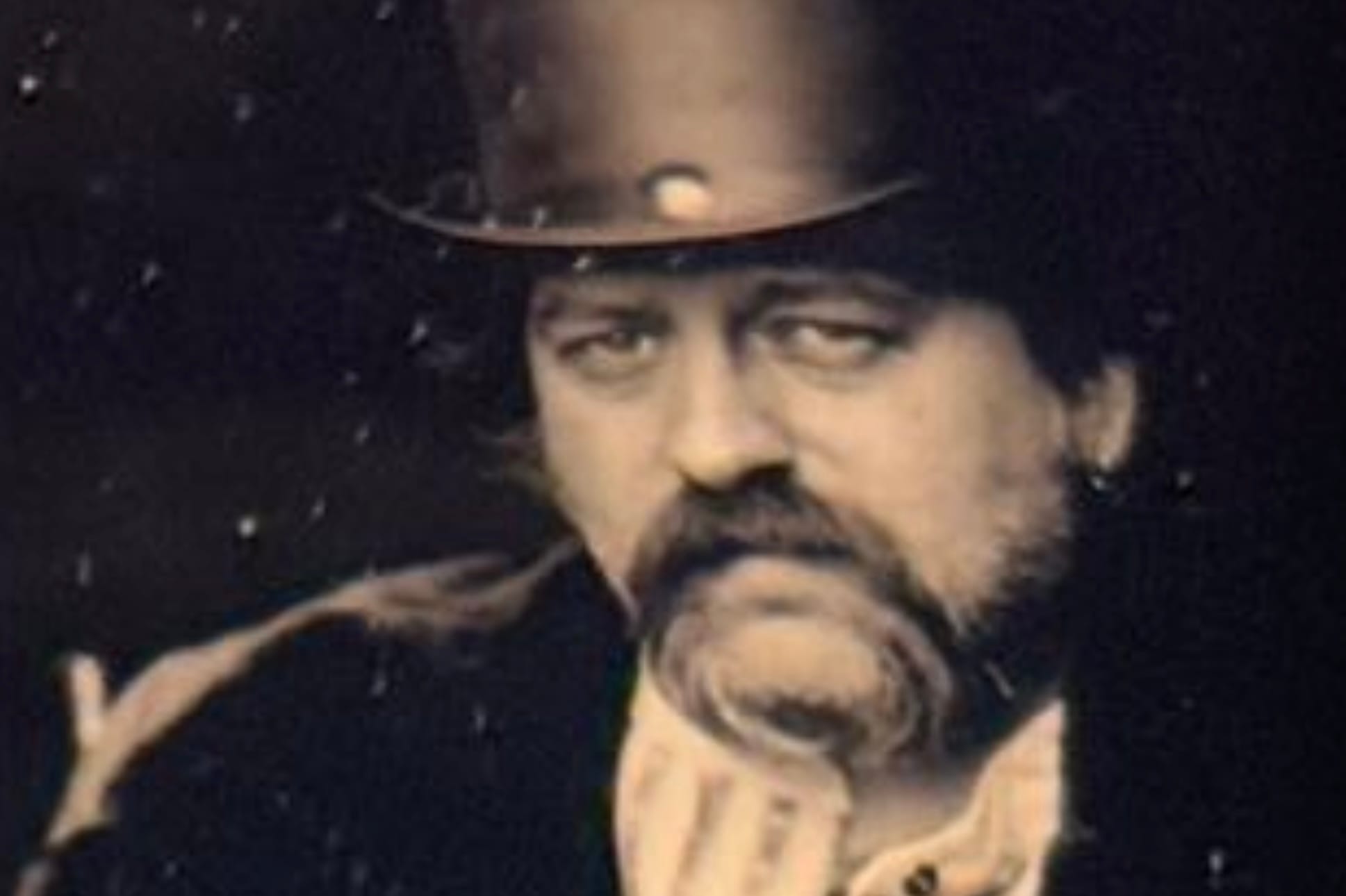
She stands like a statue at the wake of a failed revolution. The chair was never hers, it belonged to the lie. She wasn’t there to play. She came to witness the fallout. Her silence carries more menace than his bravado ever could. He mistakes his rage for power while she understands that power is the absence of need to demonstrate it.
The second plate delivers the verdict. The chair lies overturned like democracy itself. The man has vanished, leaving only a boot and arterial spray to mark where American exceptionalism bled out on the floor. The Dead Man's Hand, aces and eights, Wild Bill Hickok's final draw before catching lead in Deadwood, remains spread across the table like tarot cards reading a nation's fortune. The flag hasn't moved an inch. It hangs there still, waiting for someone to remember what it was supposed to represent.
"Is there no virtue among us? If there be not, we are in a wretched situation." Madison 1788
This is the endgame of a republic that confused volume for substance, theater for truth. We've spent decades perfecting the performance of democracy while the actual mechanisms rotted from within. The symbols scream louder than ever, but they're screaming into a void where meaning used to live. We've been playing poker with marked cards in a rigged casino, and the house has finally called time.
The woman didn't win because she played better. She won because she never believed the game was real. While America jerked itself off to its own mythology, she watched the foundations crumble and positioned herself to inherit the rubble.
The Dead Man's Hand isn't just the cards on the table, it's the hand America dealt itself the moment it chose spectacle over substance, swagger over strength. The blood on the floor isn't just one man's. It's the hemorrhaging of every principle we claimed to hold sacred.
You pour collodion on a glass plate, sensitize it in silver nitrate, then shoot and develop it within minutes, before it dries. The air smells of ether and inevitability. Light strikes the silver halides, and an image begins to form. There are no second chances. A plate lives or dies depending on whether the ghosts choose to show themselves.
Collodion & Sensitizing
July 11, 2025
I was invited a couple months back, but not much was said about what was going on other than half a dozen concepts were being worked out. Intrigued, I agreed to make the trek. It’s a good thing in that I had missed the last couple classes and needed to collect my plates anyway.
The studio and grounds were buzzing with activity. I recognized only a few faces, a couple classmates, Shane, my classmate and partner Matt Vana, Victoria, a Ukrainian refugee, I knew from the internet, and a few others. There were people sitting for portraits all over the place, from the entry door, a black tent erected behind the studio, and the studio itself.
Being marginally road weary, and uncharacteristically shy, I stepped into the studio and said my hellos to those I immediately knew. This not being my rodeo, being a guest at another artists studio, I didn't want to over step and just start asking folks to sit for me; something other photographers were doing, a mistake I won't make again.
The Camera
The Camera I brought to this soirre was a 50 year old Japanese technical camera.
- Horseman VHR body
- SEIKO-SLV SUPER Topcor 90mm f/5.6
- Hasselblad CFV-50c digital back
- Custom 6×9 Graflok-to-Hasselblad V adapter
- Manual flash sync
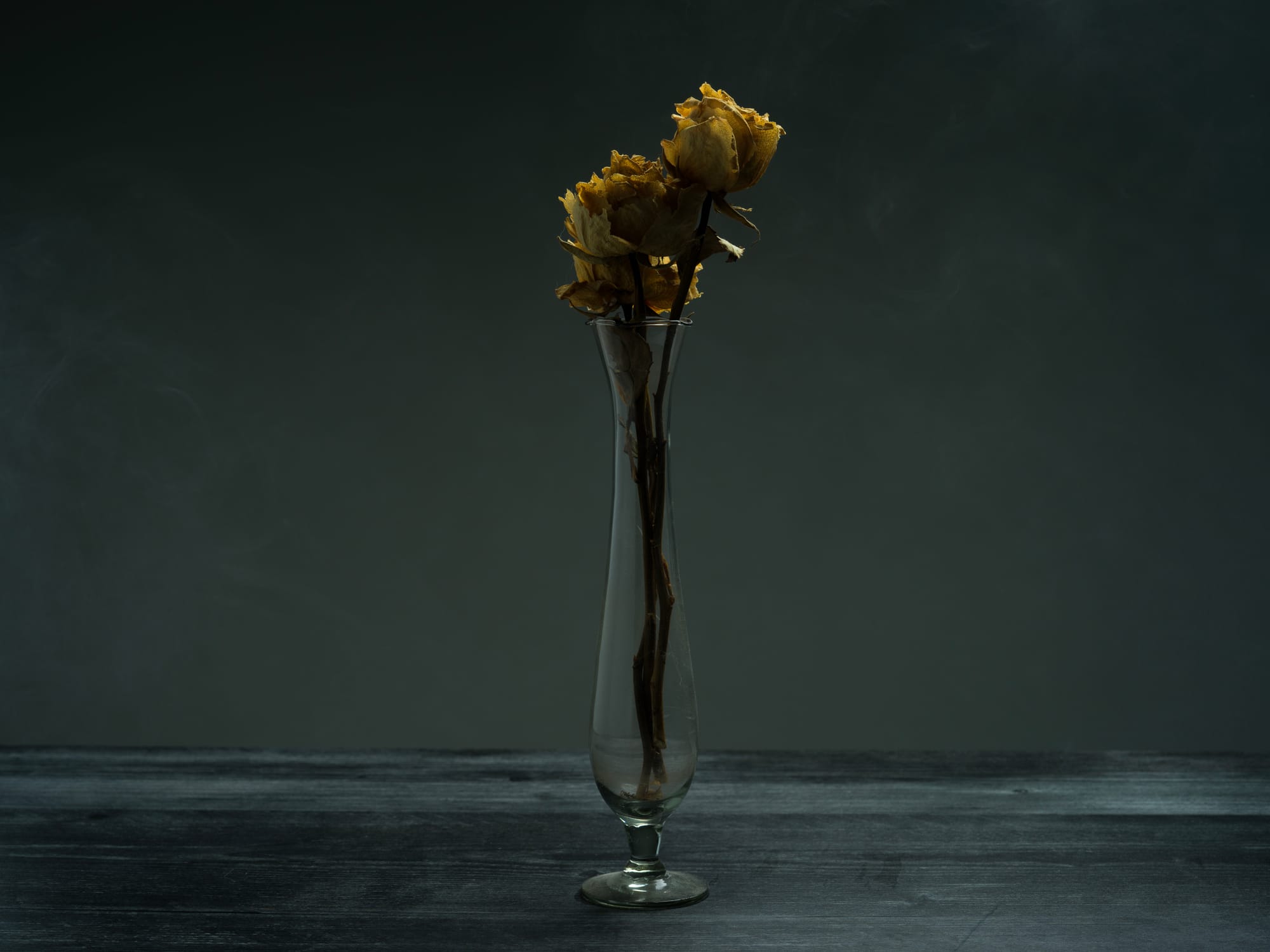
The Photographs
The first few photographs I took were of Brea, her soft blonde hair catching the wind in delicate wisps.
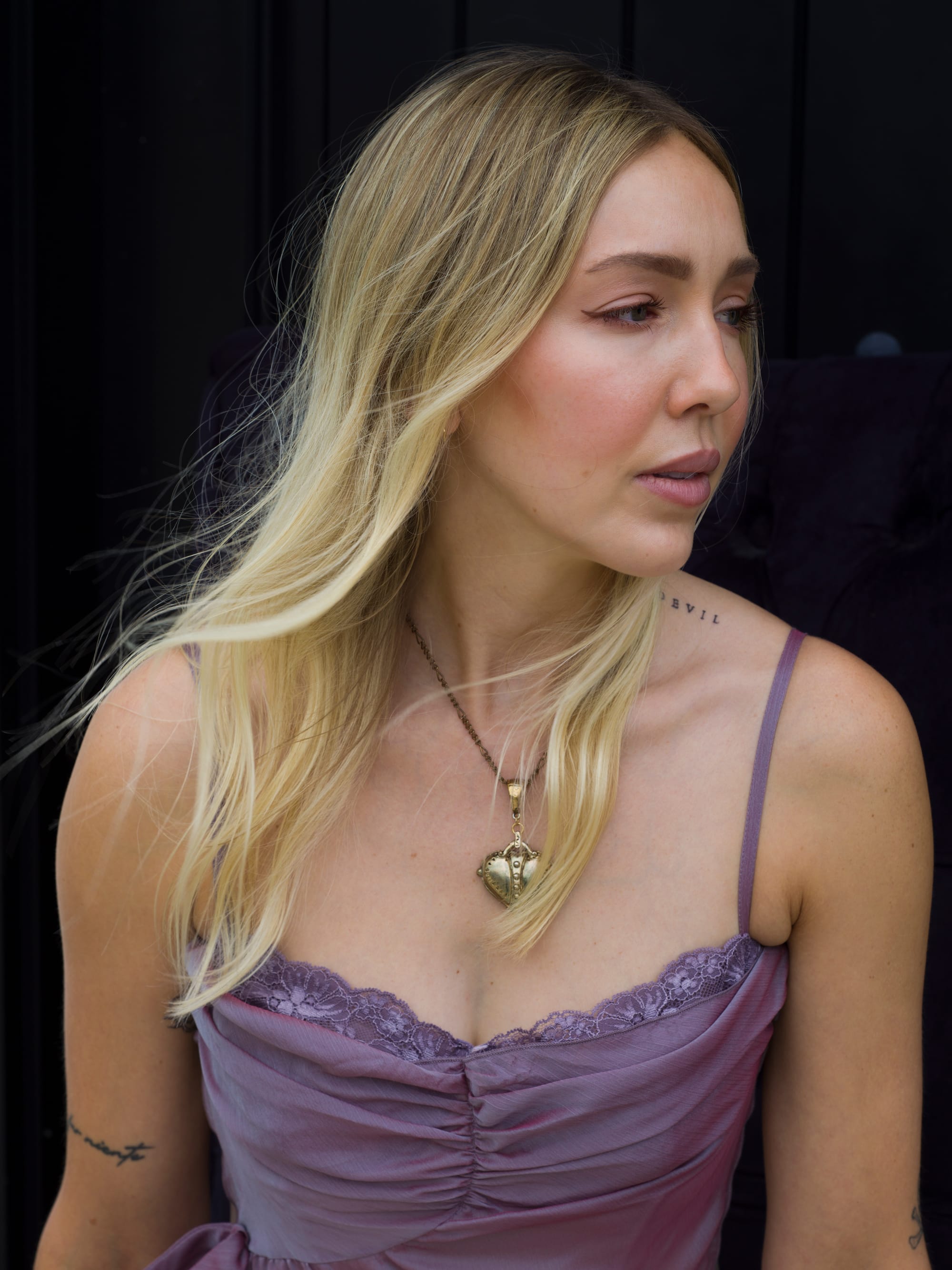
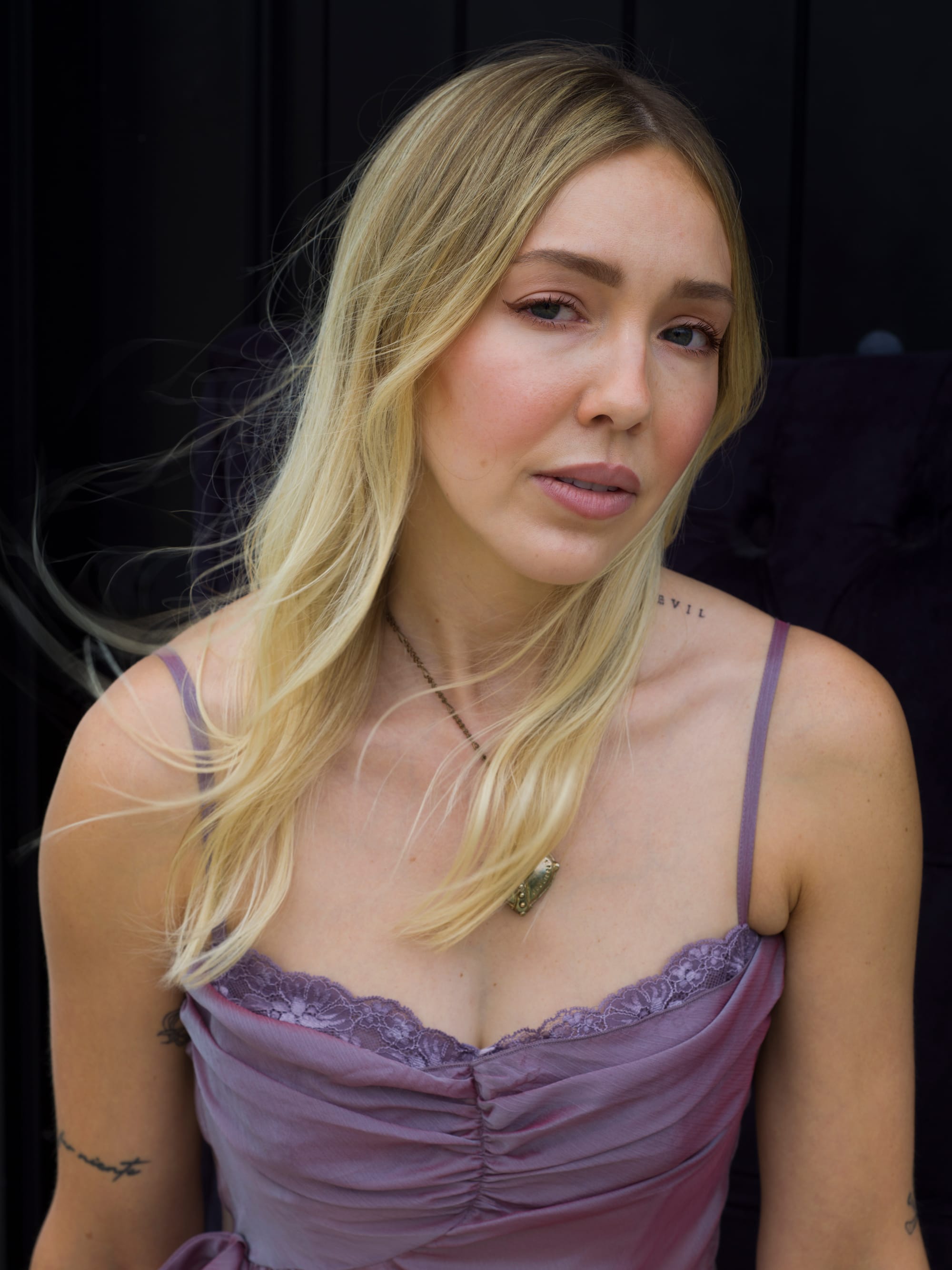
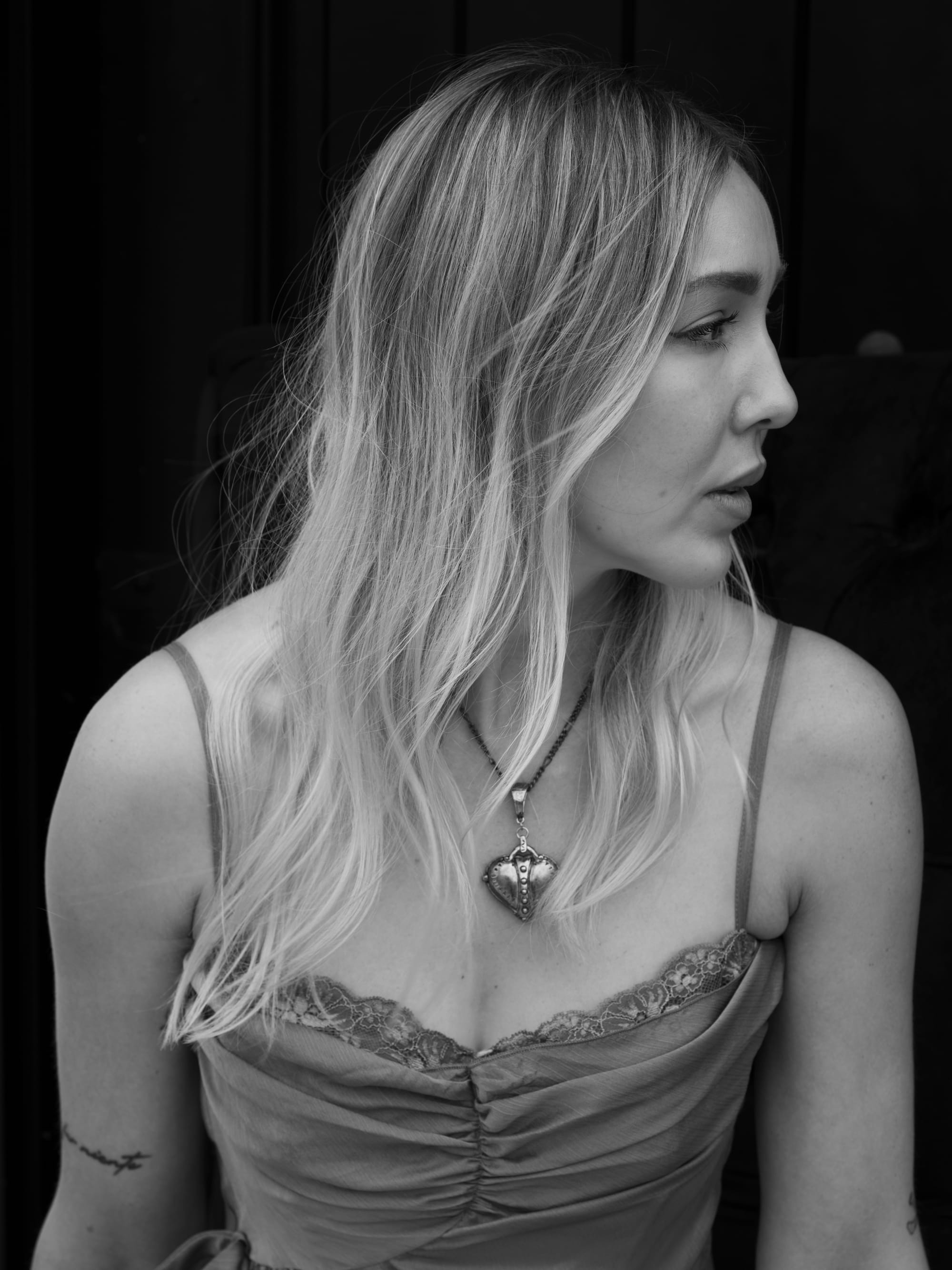
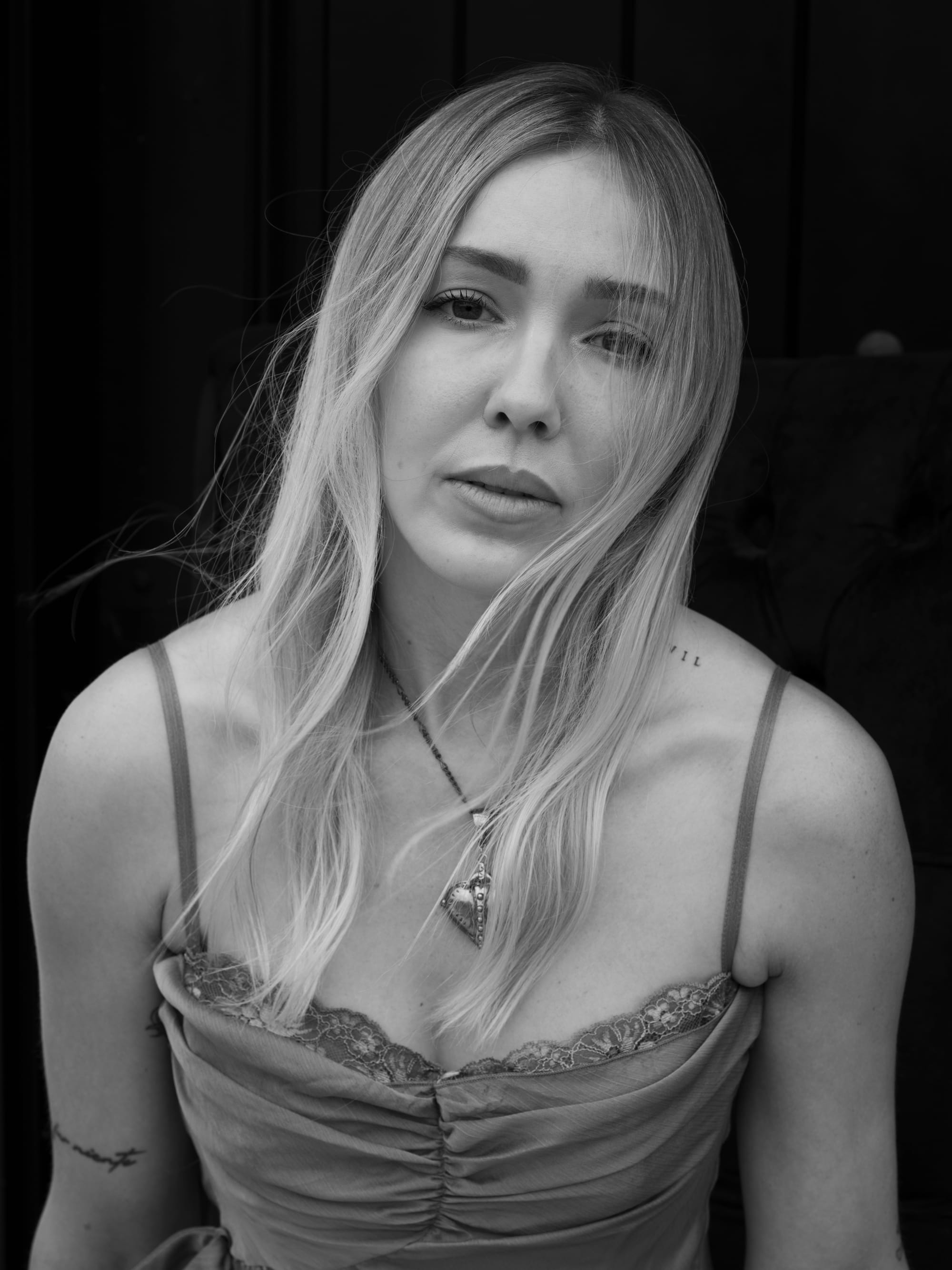
Brea
Next was Kennedy, Miss North Dakota, her crown glinting under soft light against a backdrop of black

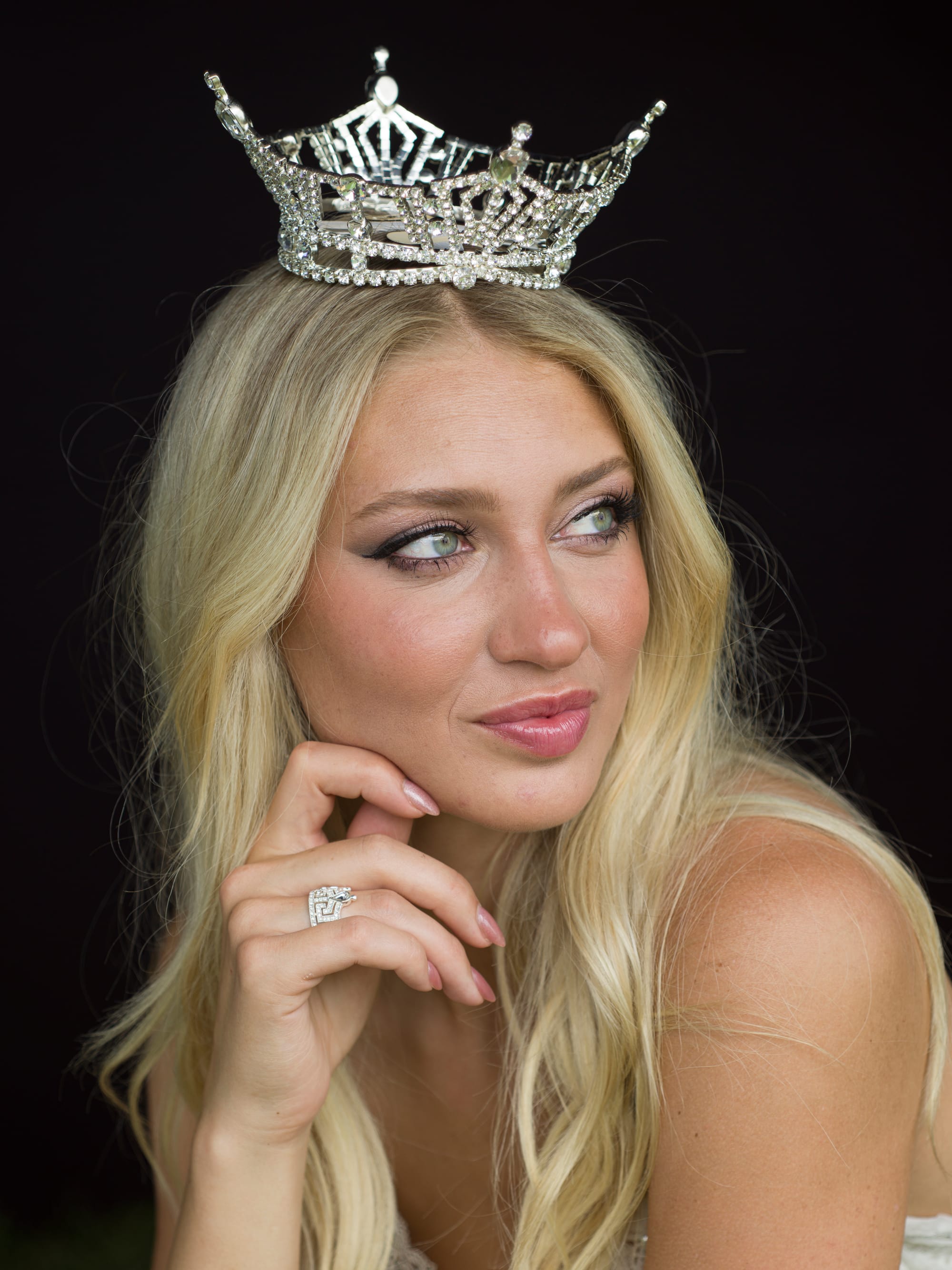
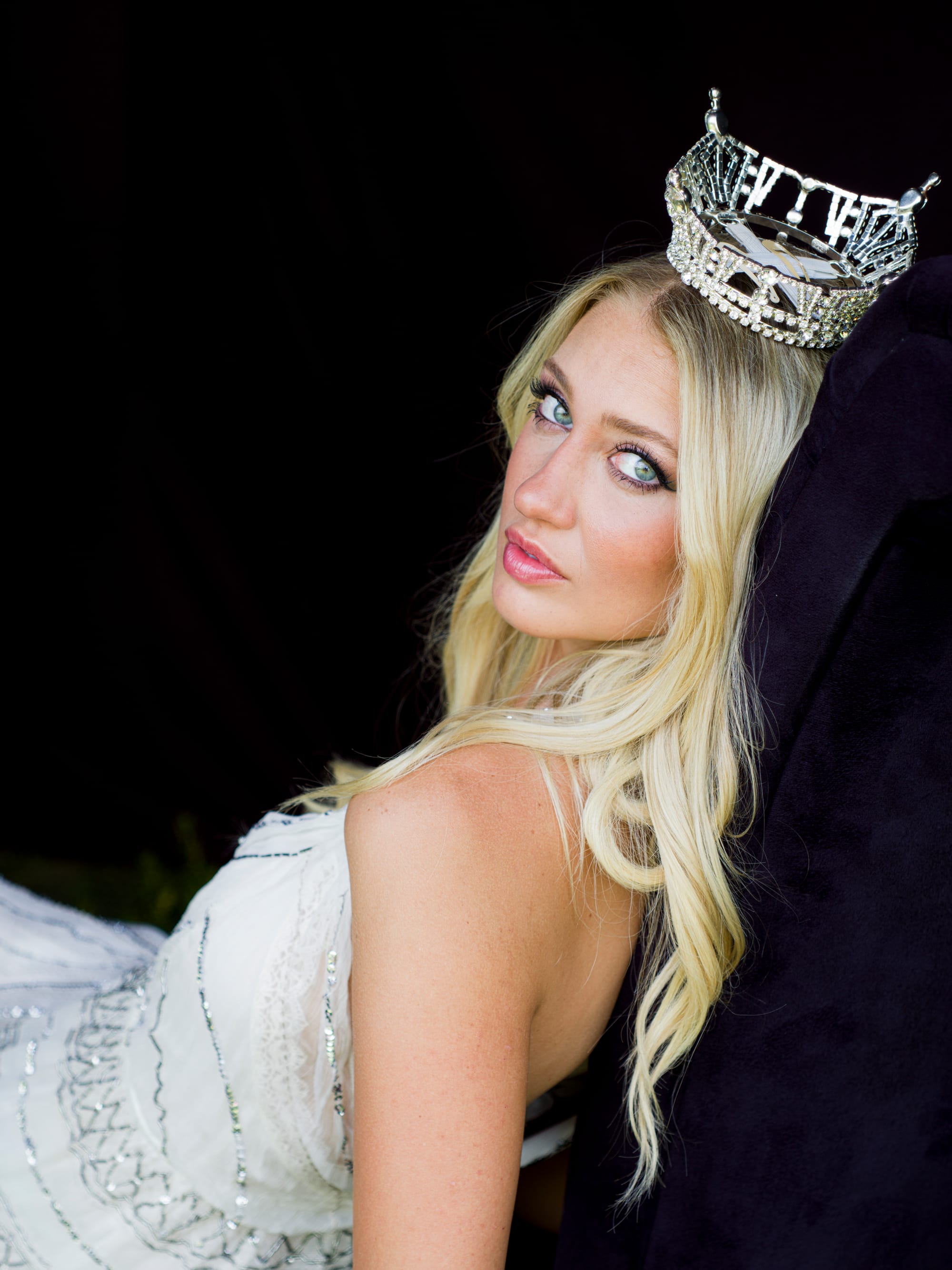
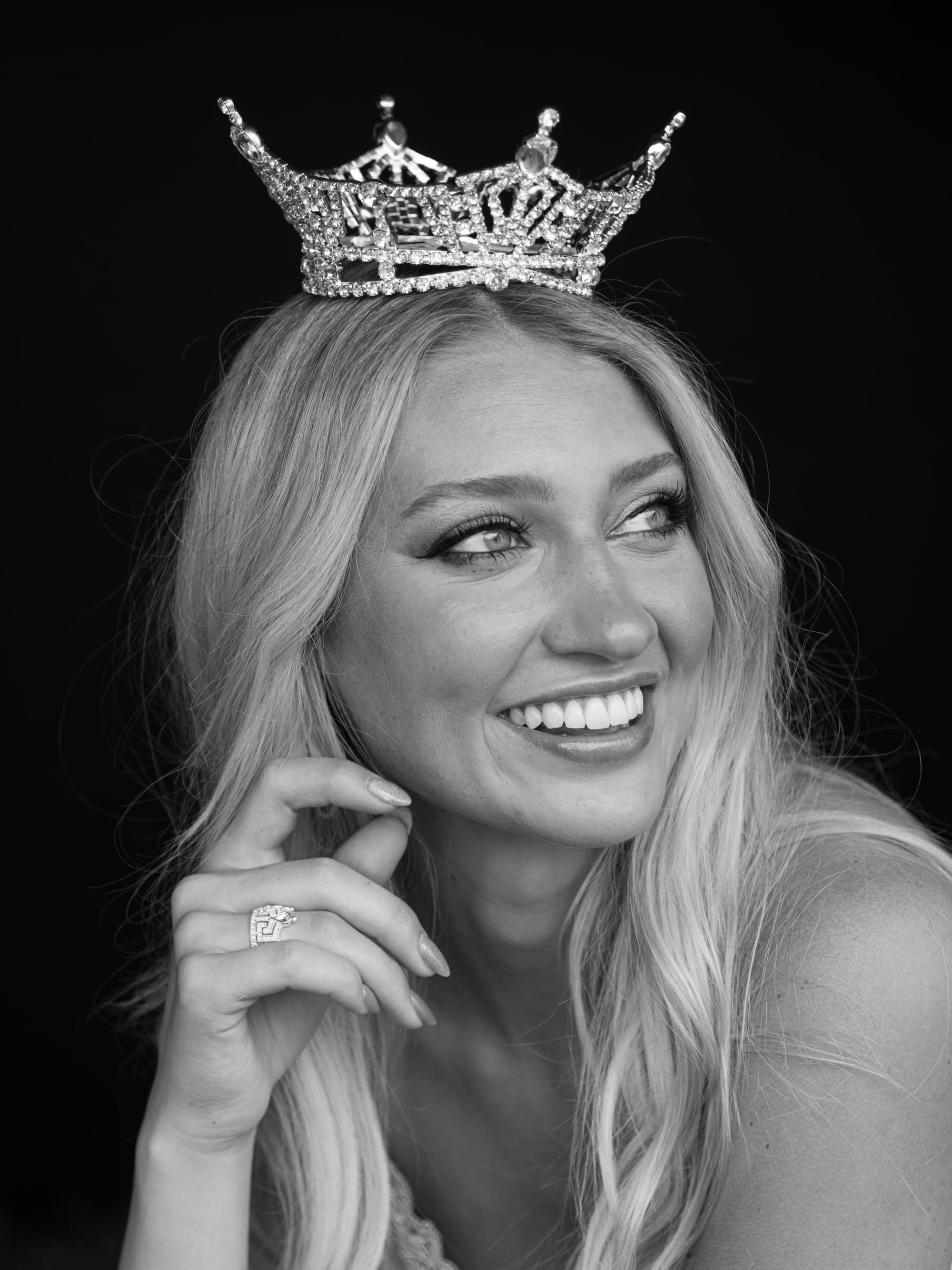
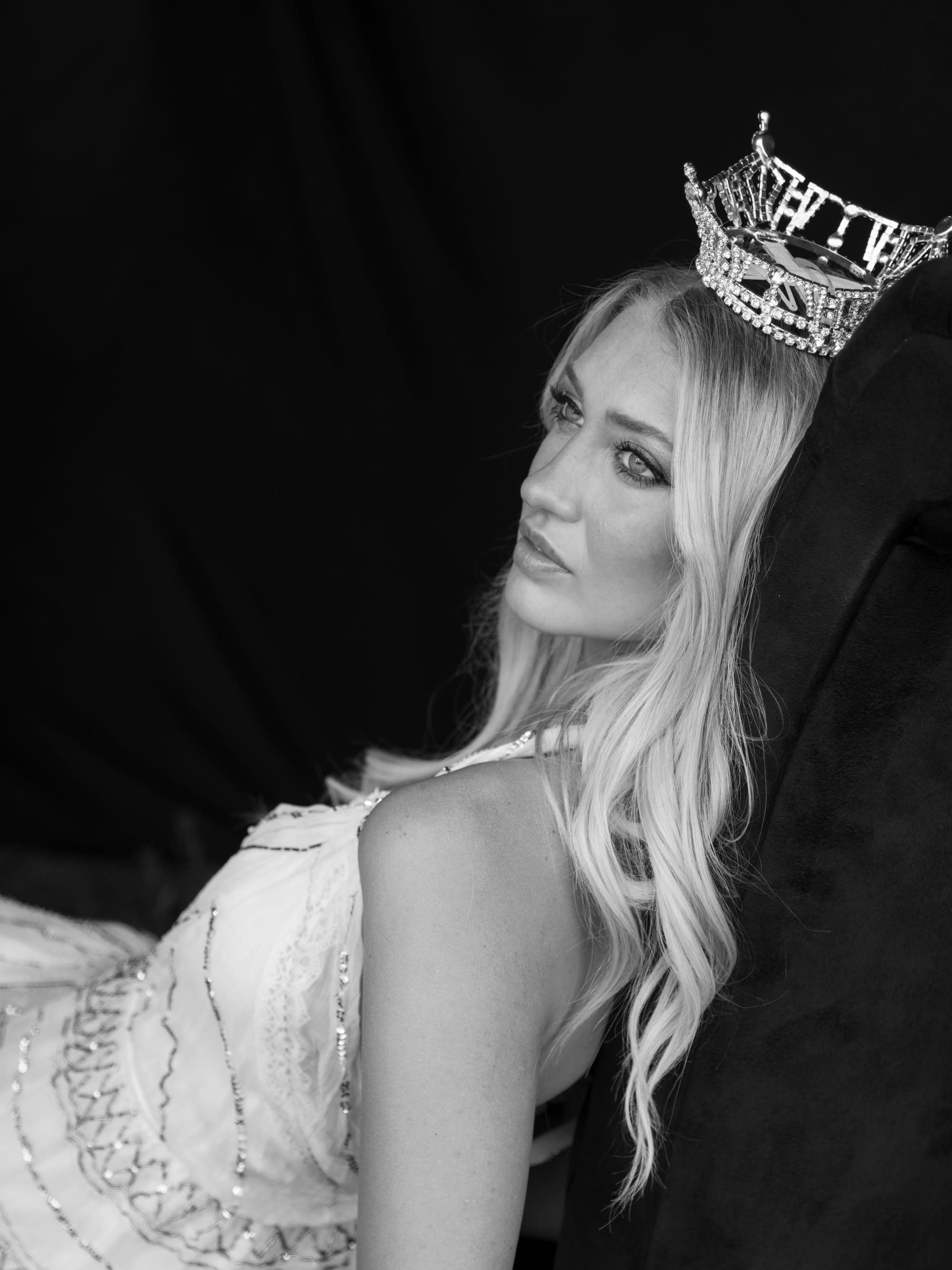
Kennedy
Then I photographed Chelsy, wearing a green dress, sunlight filtering through the trees and dappling the grass around her.
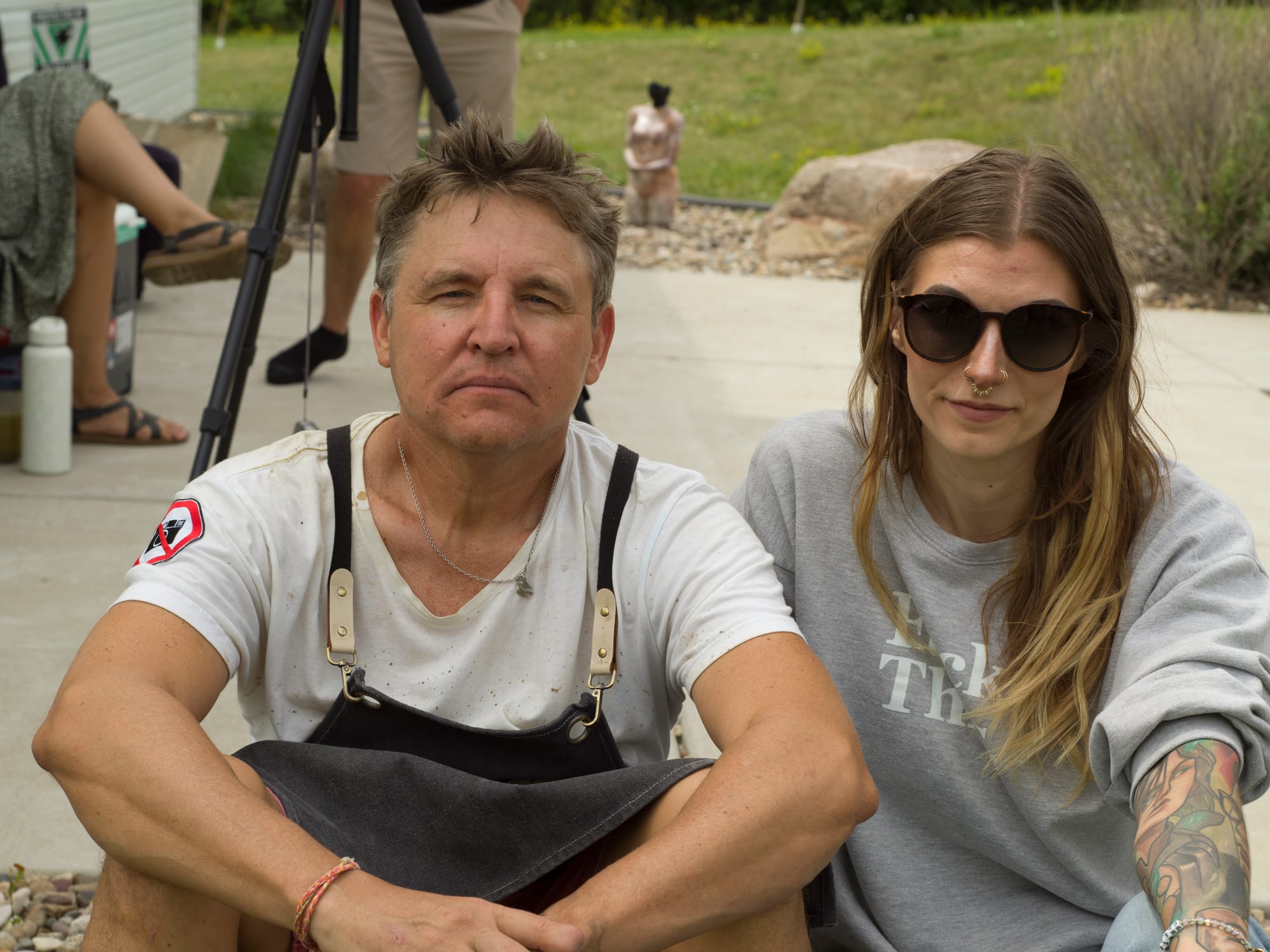
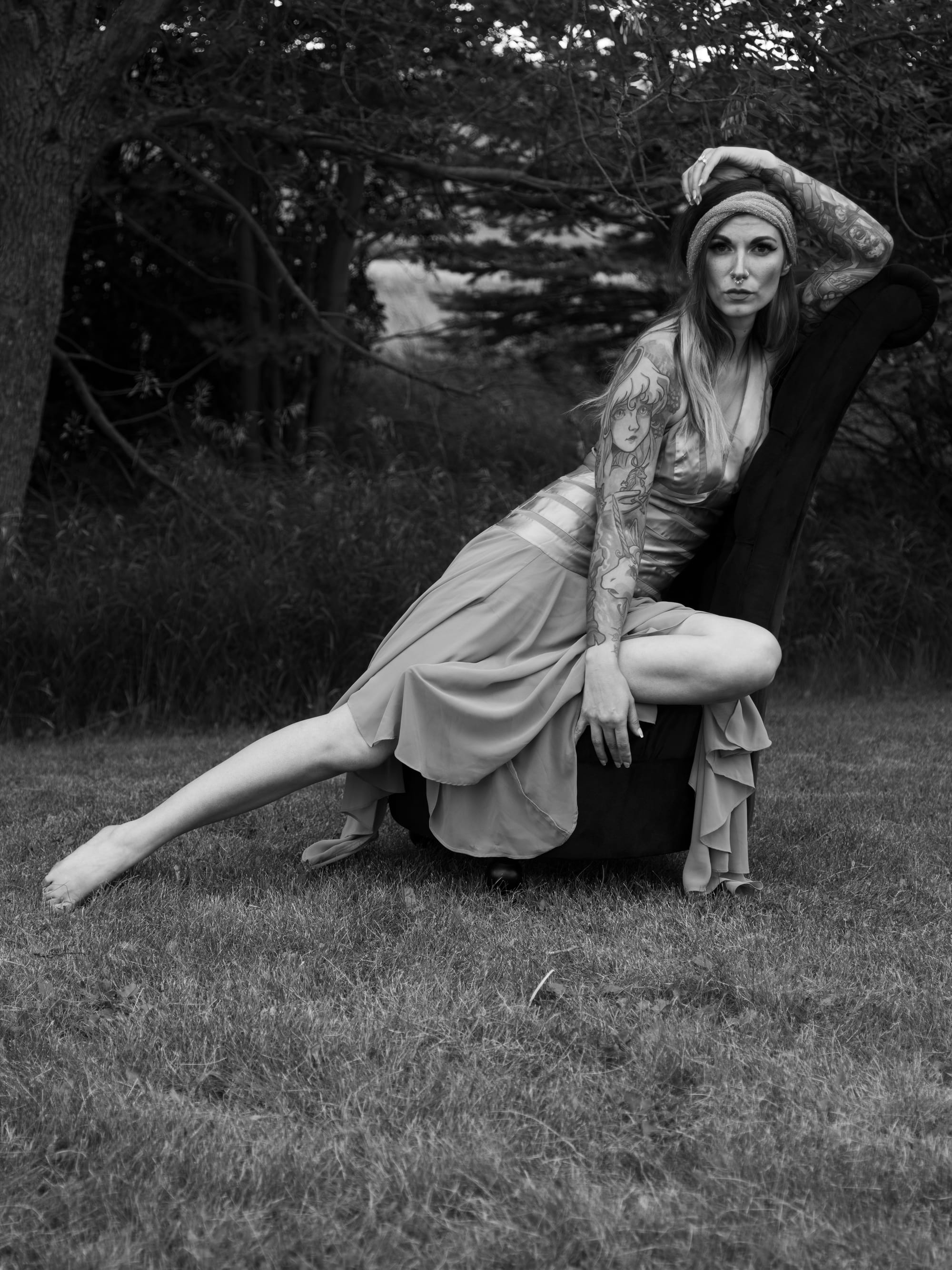
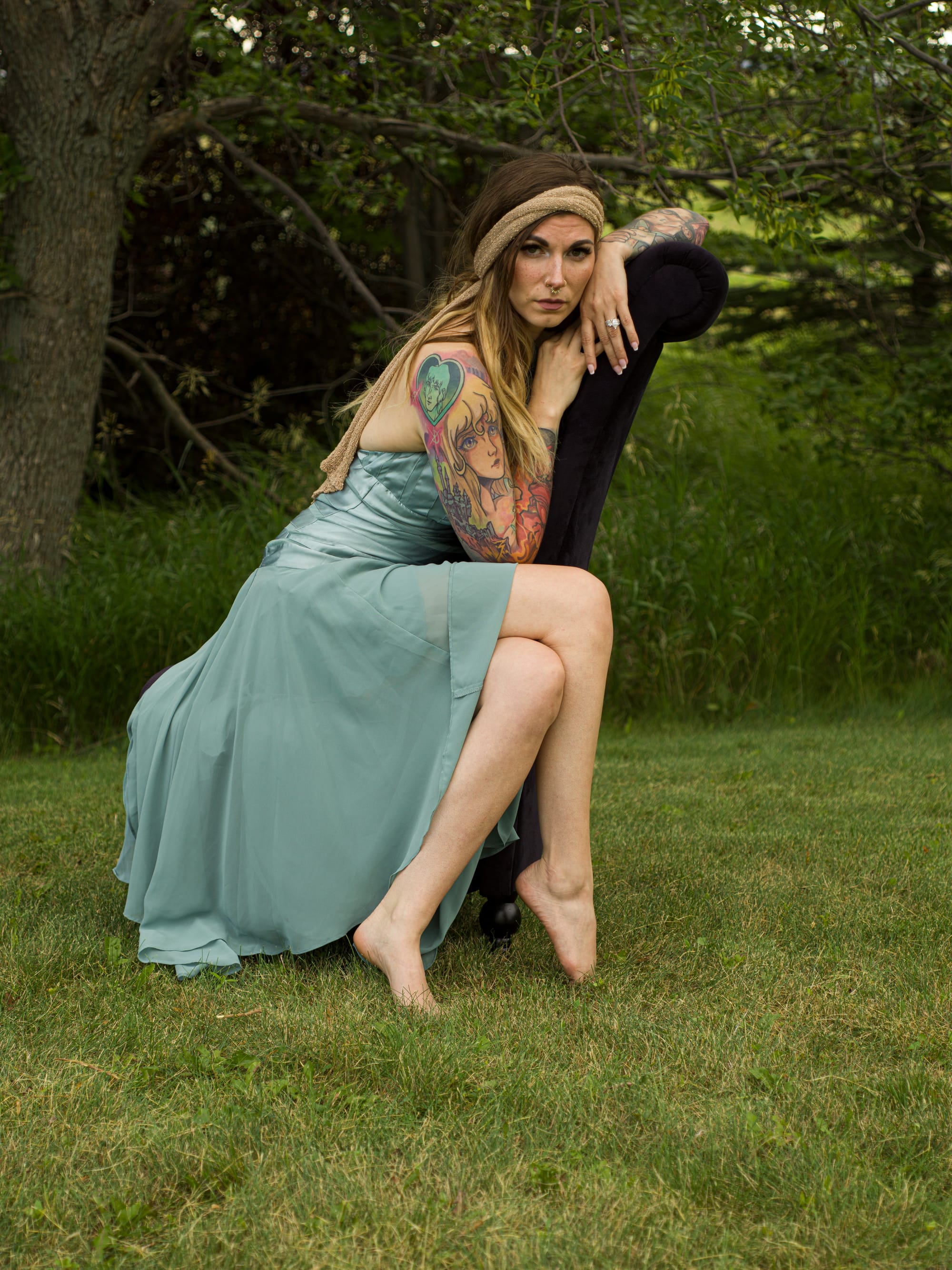


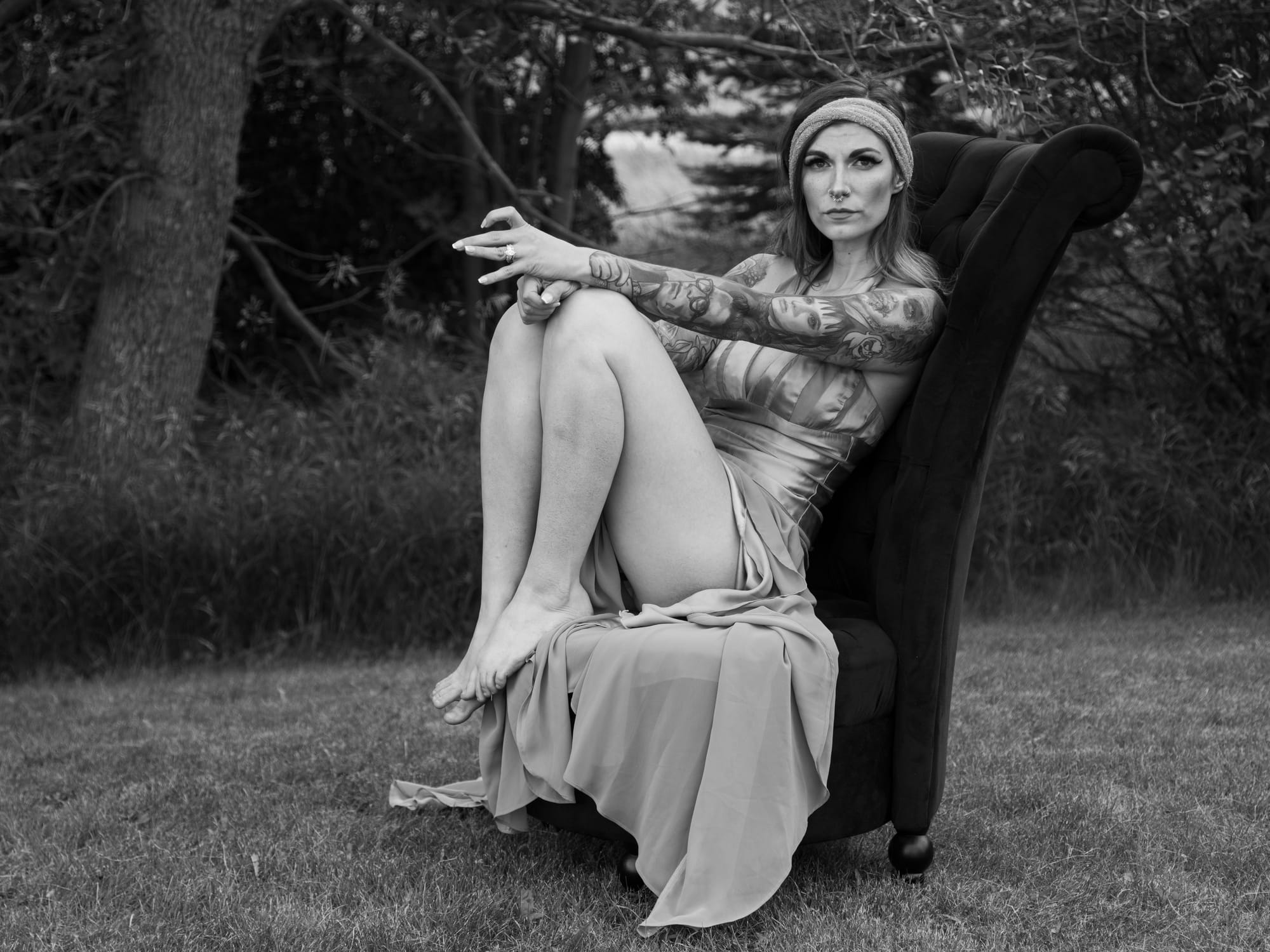
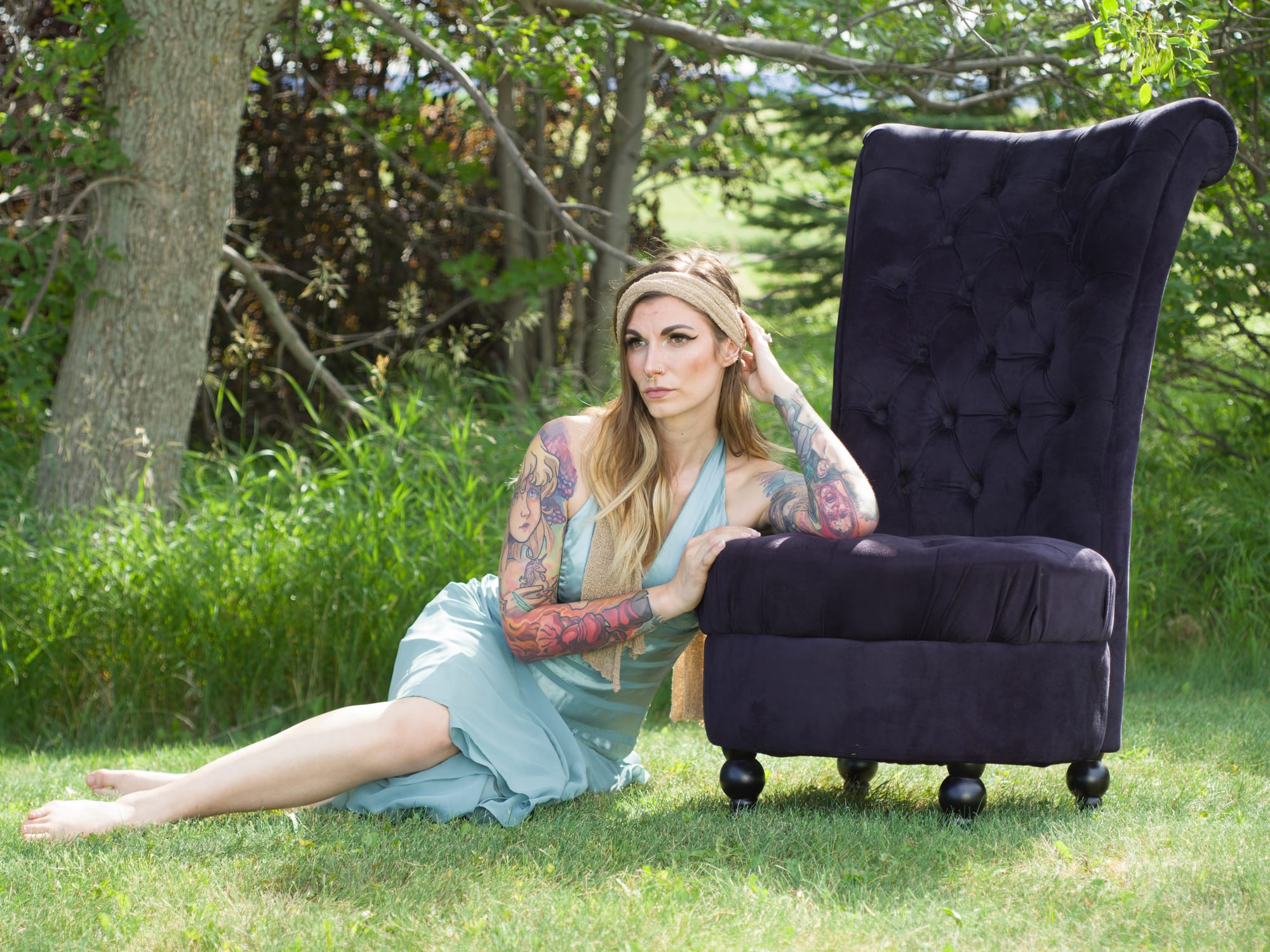
Chelsy
Family Photo
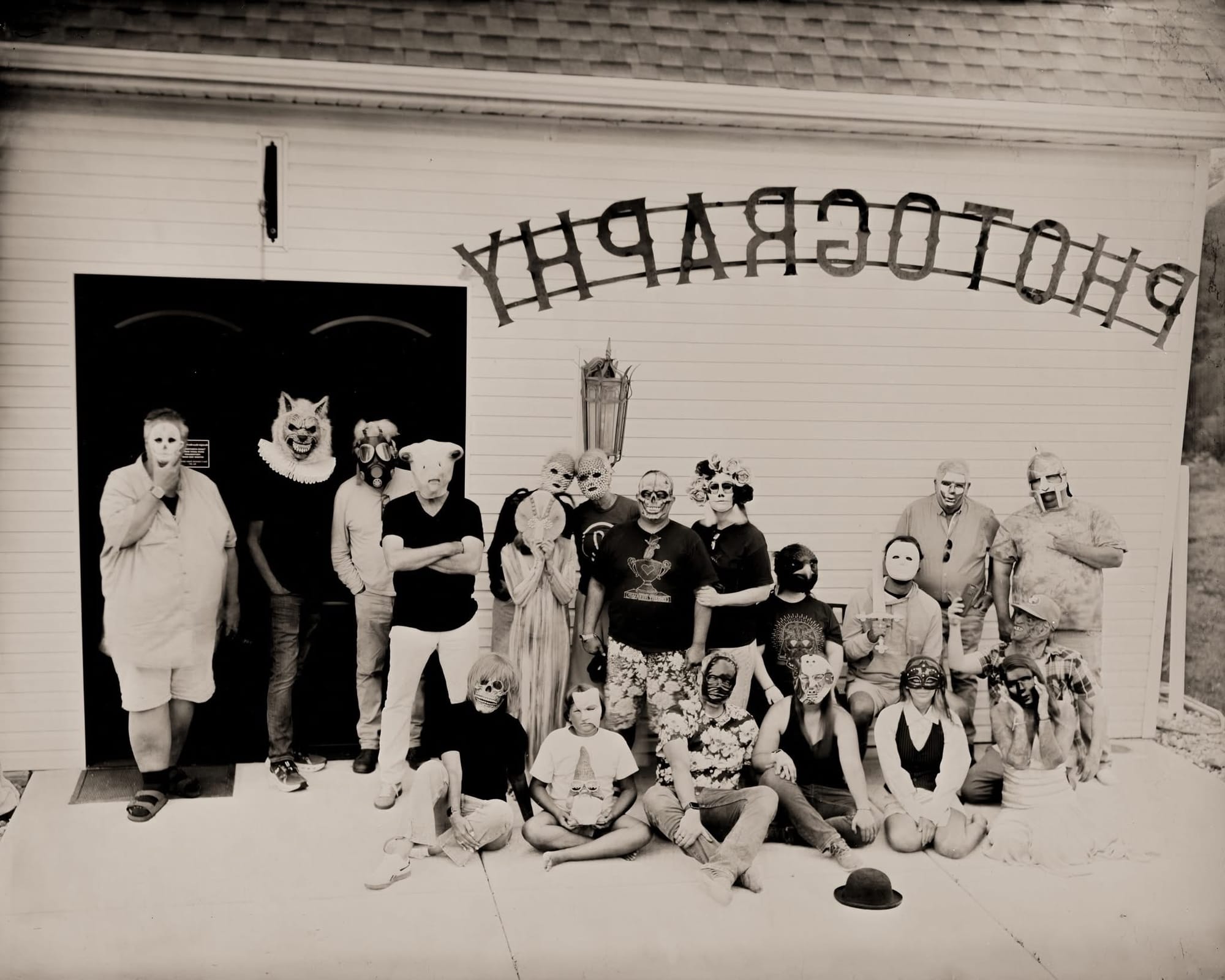
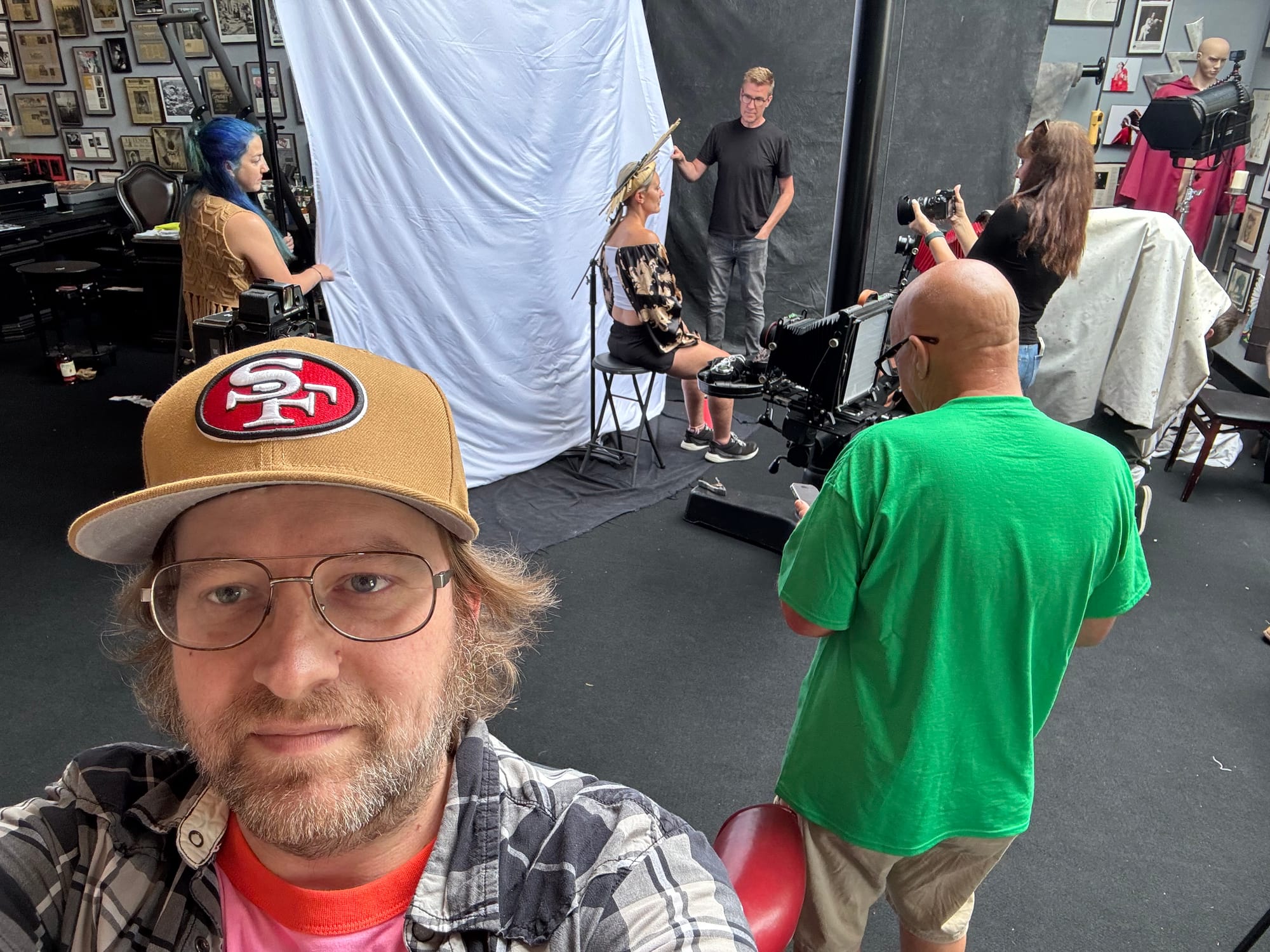
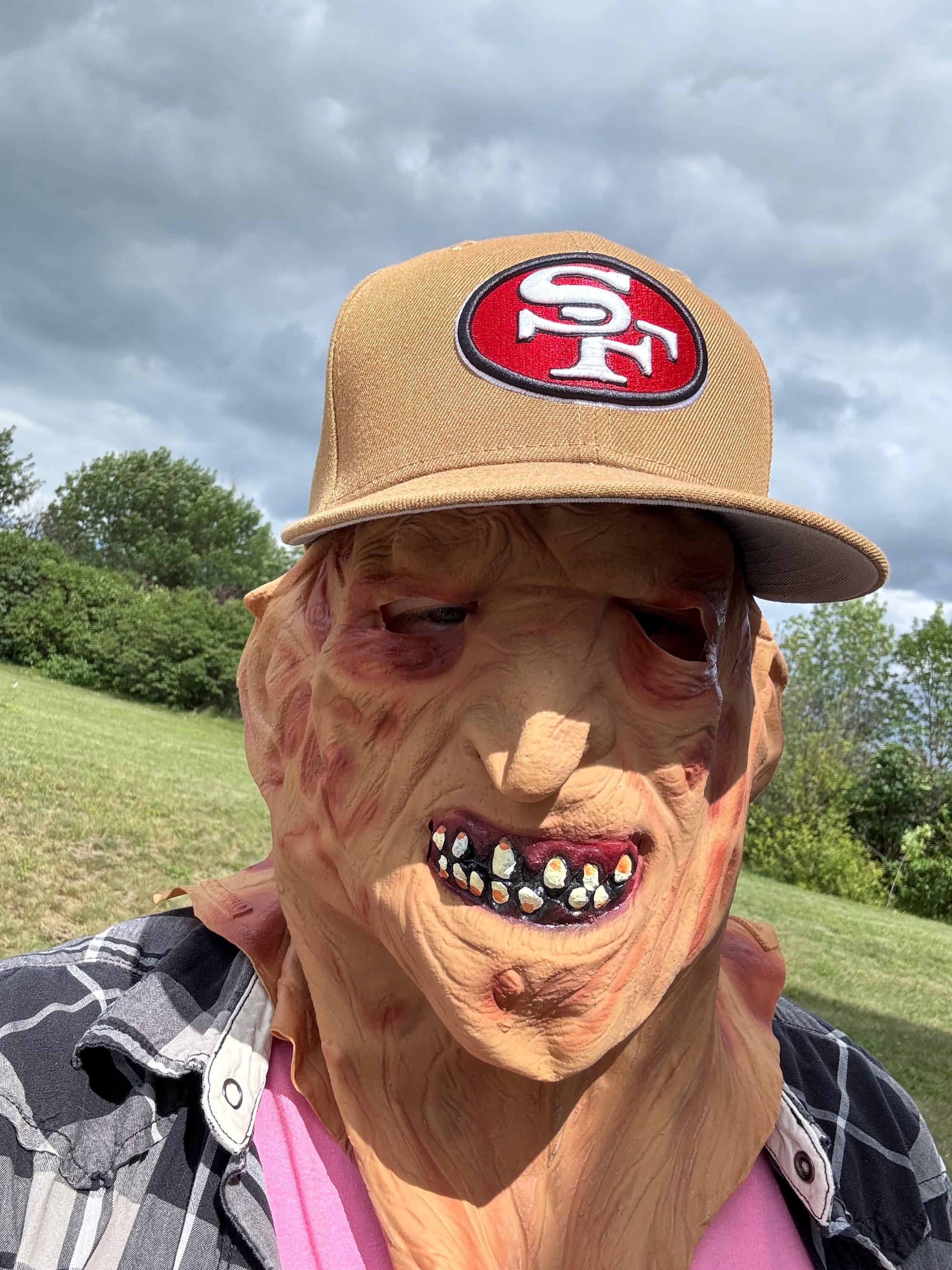
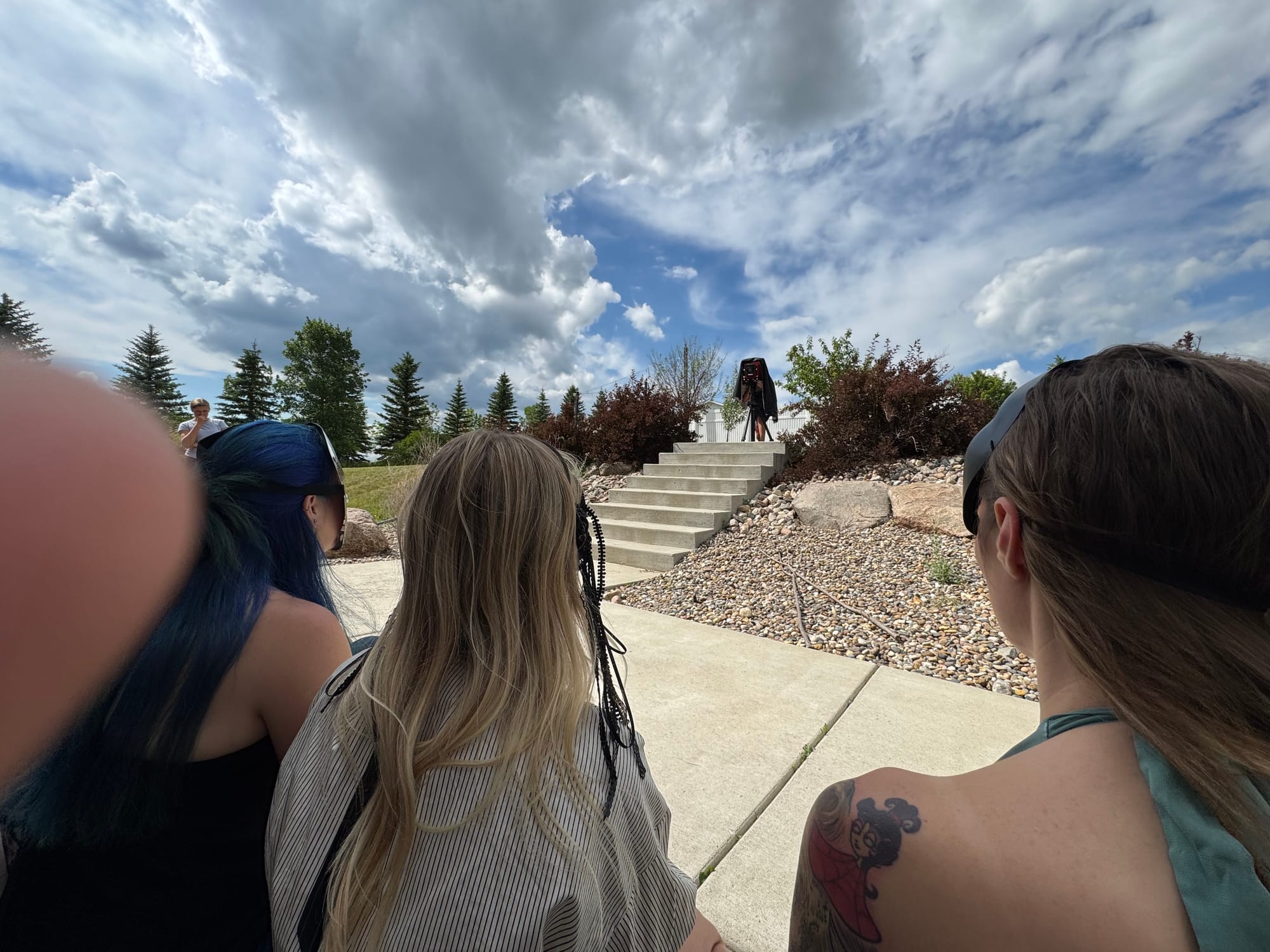
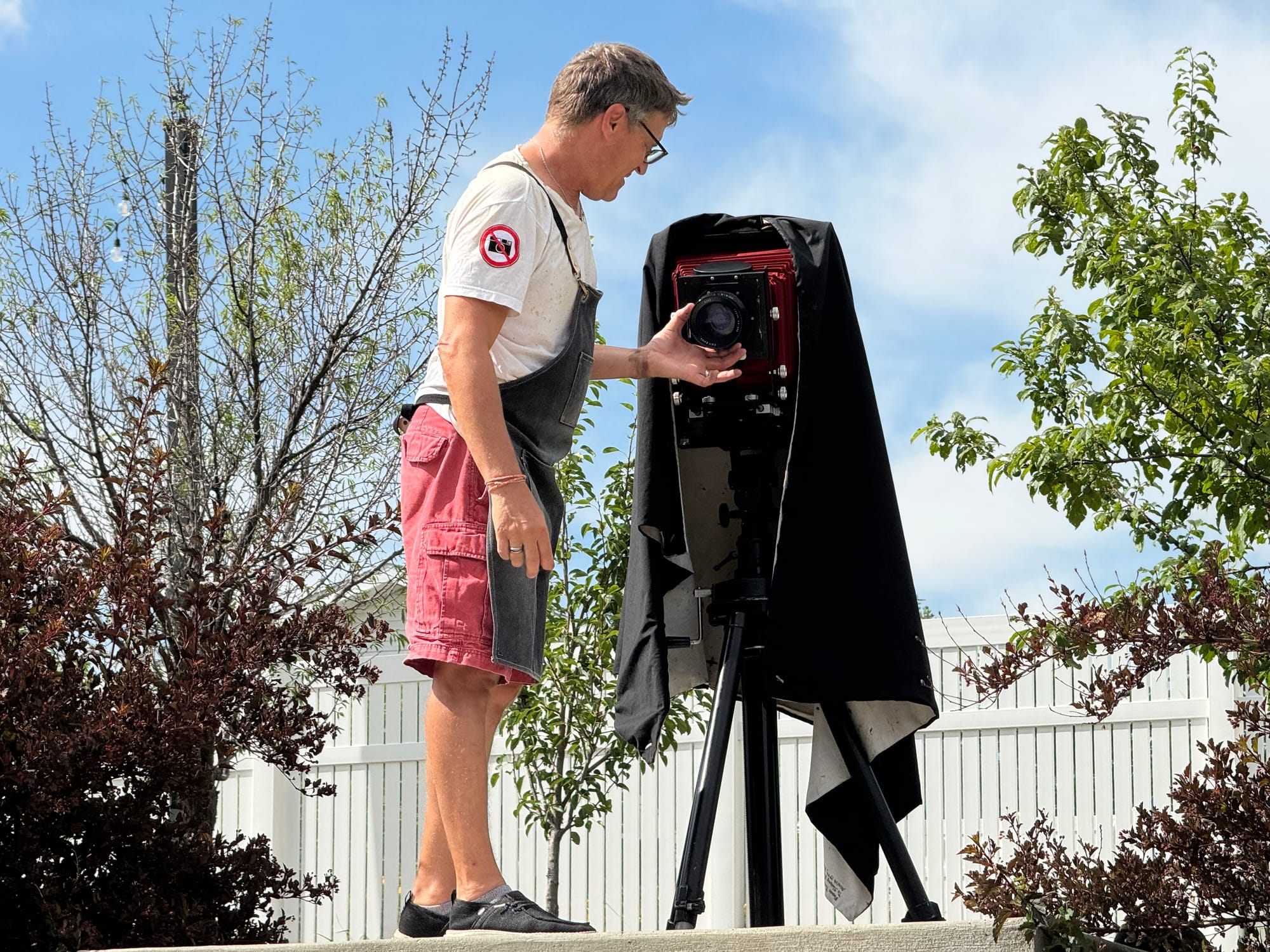
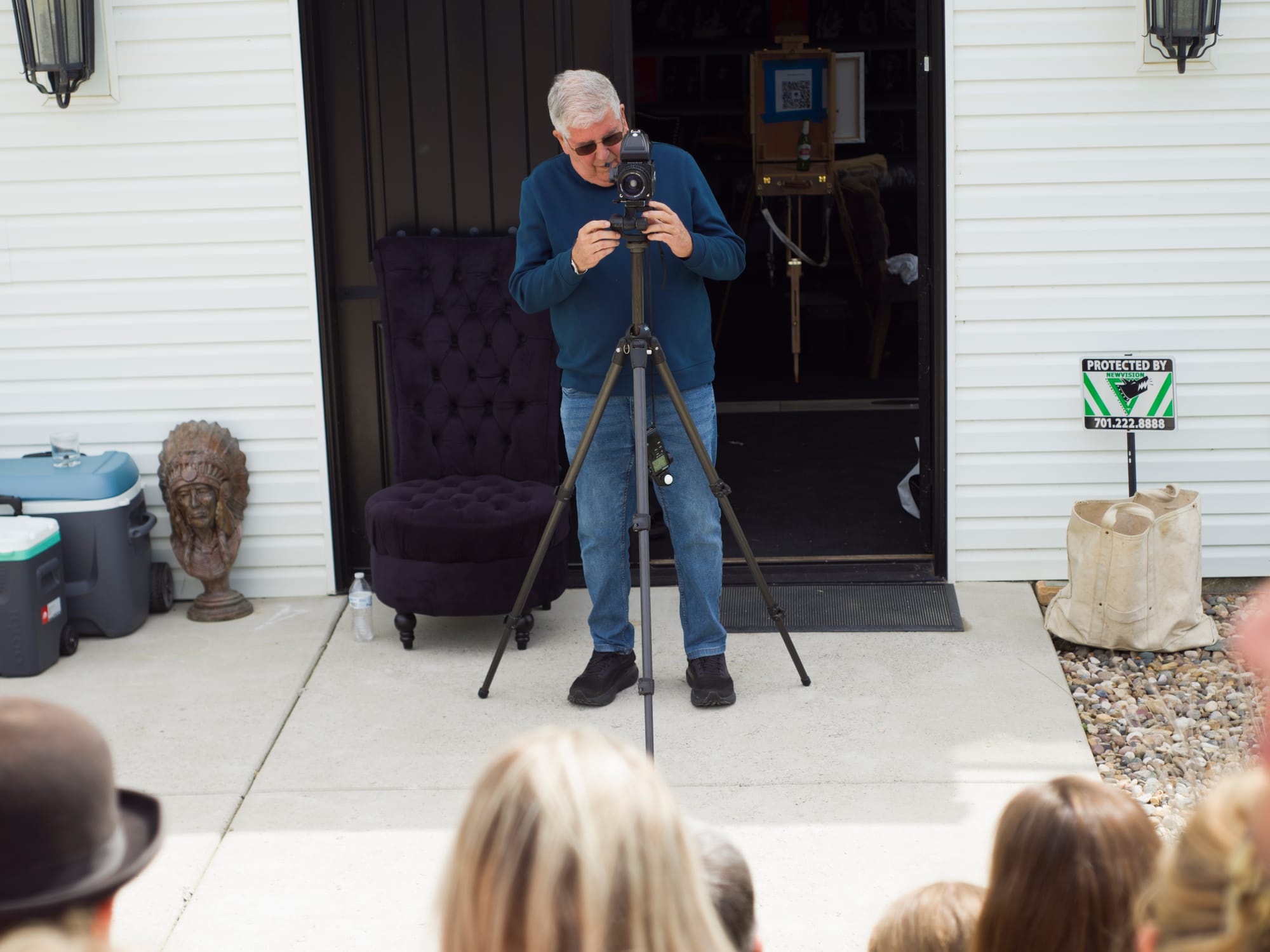
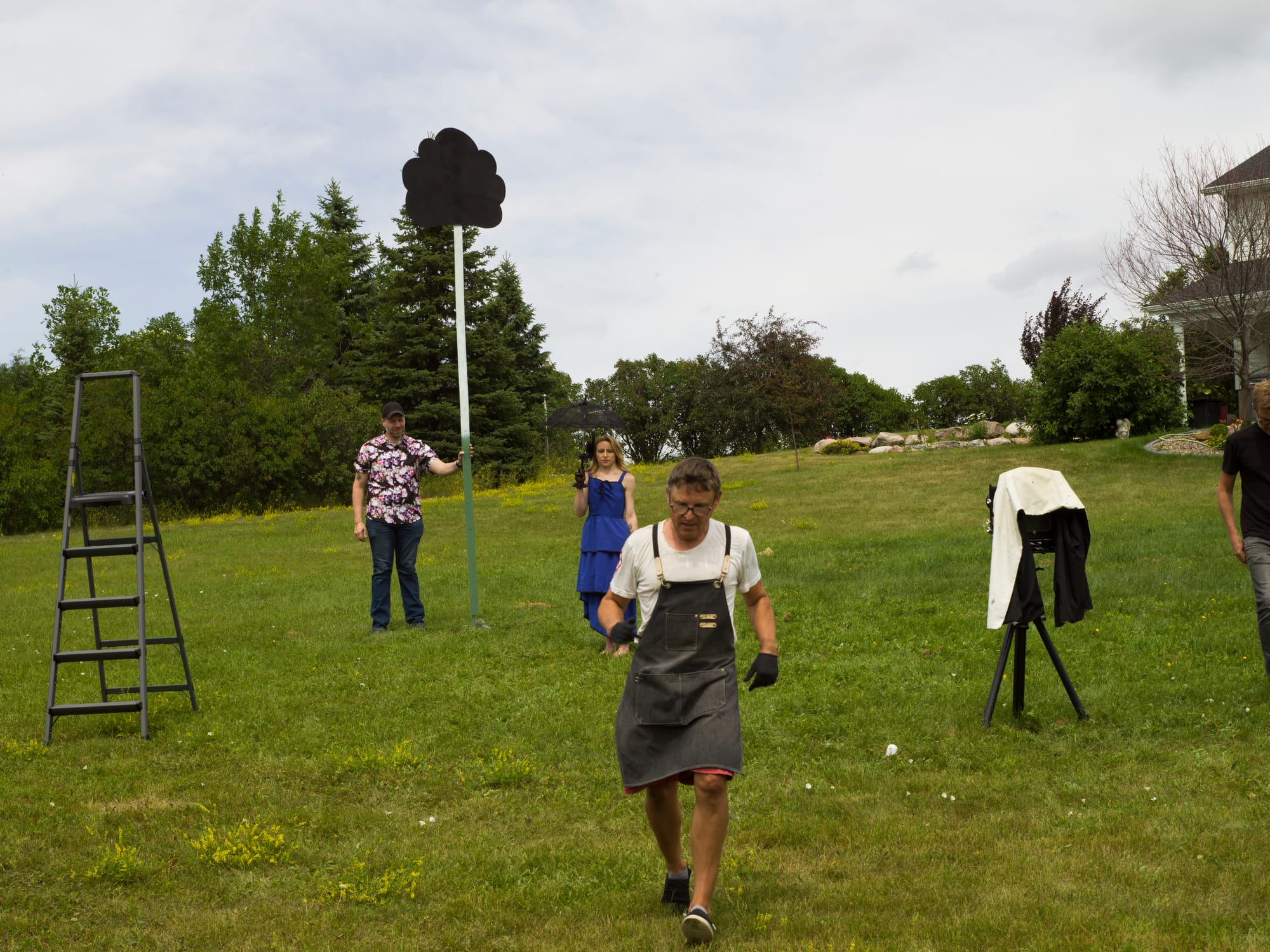
Various behind the scenes
Maybe that’s the answer to what I’m doing out here, chasing ghosts, both photographic and personal. Trying to see what still shows up in the silver, what stories still hang in the ether. I didn’t come here to be fixed or to fix anything. I came to make something that could stare back. Even if the image fails, the attempt matters. Even if the plate dies, the question lives.
These plates weren’t just portraits. They were reckonings. Of country, of memory, of self. We stripped the myths down to muscle and bone and asked what was still breathing underneath. What we found wasn’t always pretty. But it was honest. And in a country that can’t seem to look itself in the mirror without flexing, honesty is its own kind of rebellion.
You don’t walk away clean from this kind of work. You walk away changed, stained, maybe, but less afraid of the dark. The ghosts showed up, and they had something to say.
Field Notes
- Vitrumₚ – Purified glass plate
- Collodiumᵥ – Sticky collodion mixture
- AgNO₃ₛ – Silver nitrate solution
- Luxᶠ – Focused light (exposure)
- Tempusₘᵢₙ – Minimal time (plate must stay wet)
- Umbraᵣ – The shadow zone (darkroom)
- Revelatioᶠ – Development (in ferrous sulfate)
- Fixatioₛ – Fixing the image (in hypo or salt)
- Lustratioₐᵩ – Final wash
- Imagoₐₑₜᵉʳₙᵘₘ – Eternal image
- Signum Umbrae Captum – The captured sign of the shadow
